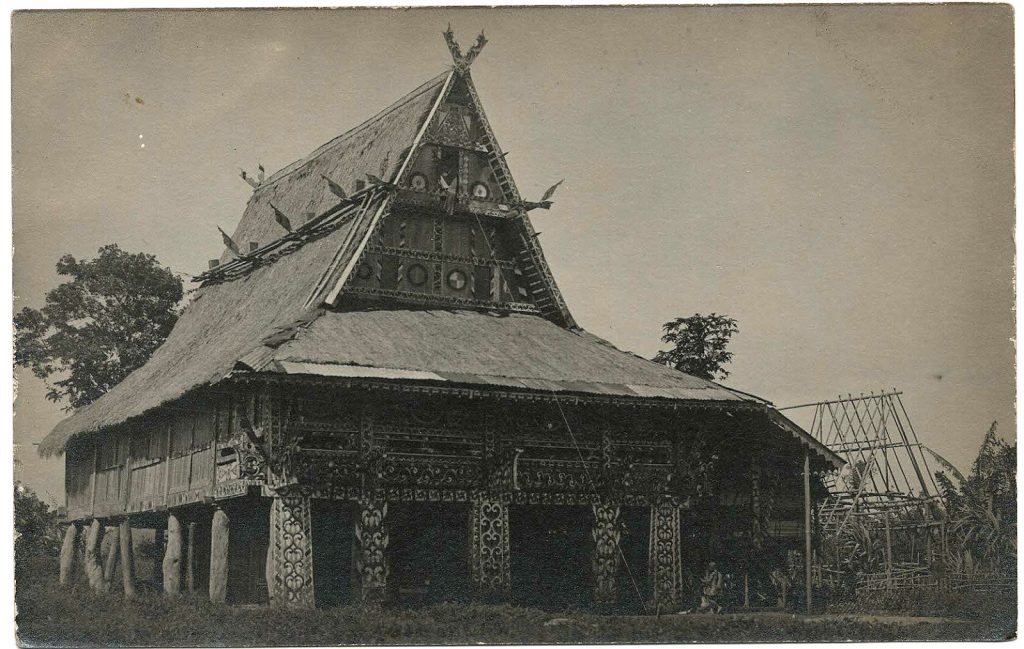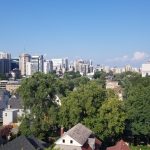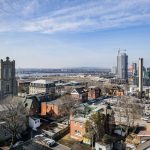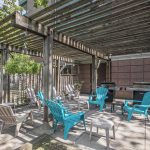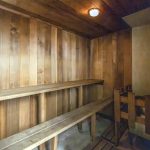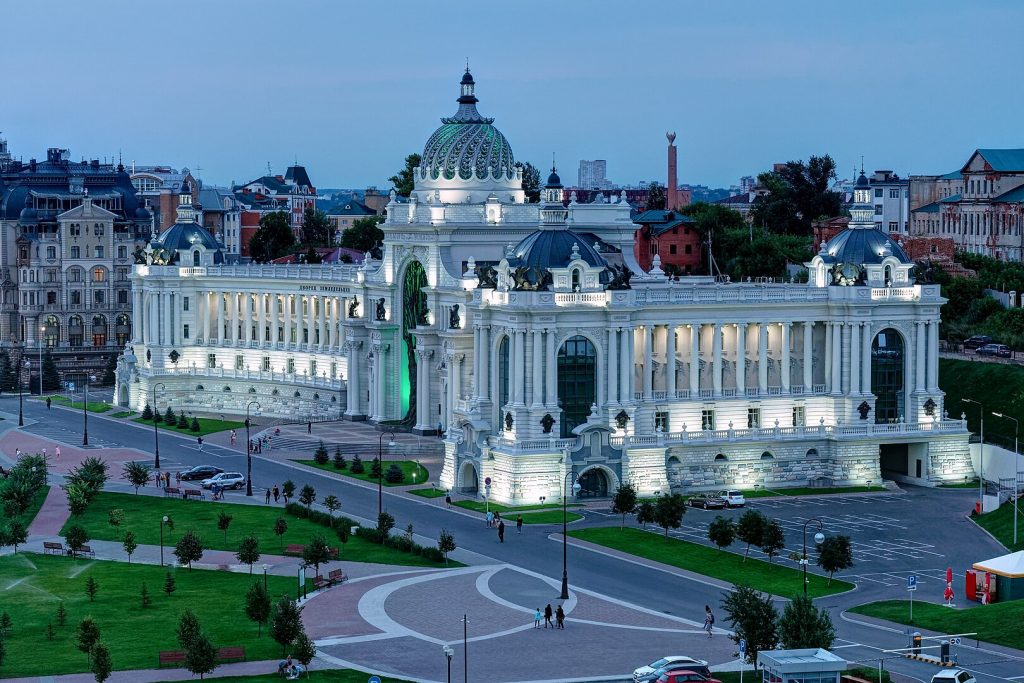Ottawa Condo for Sale
Architecture of the Philippines
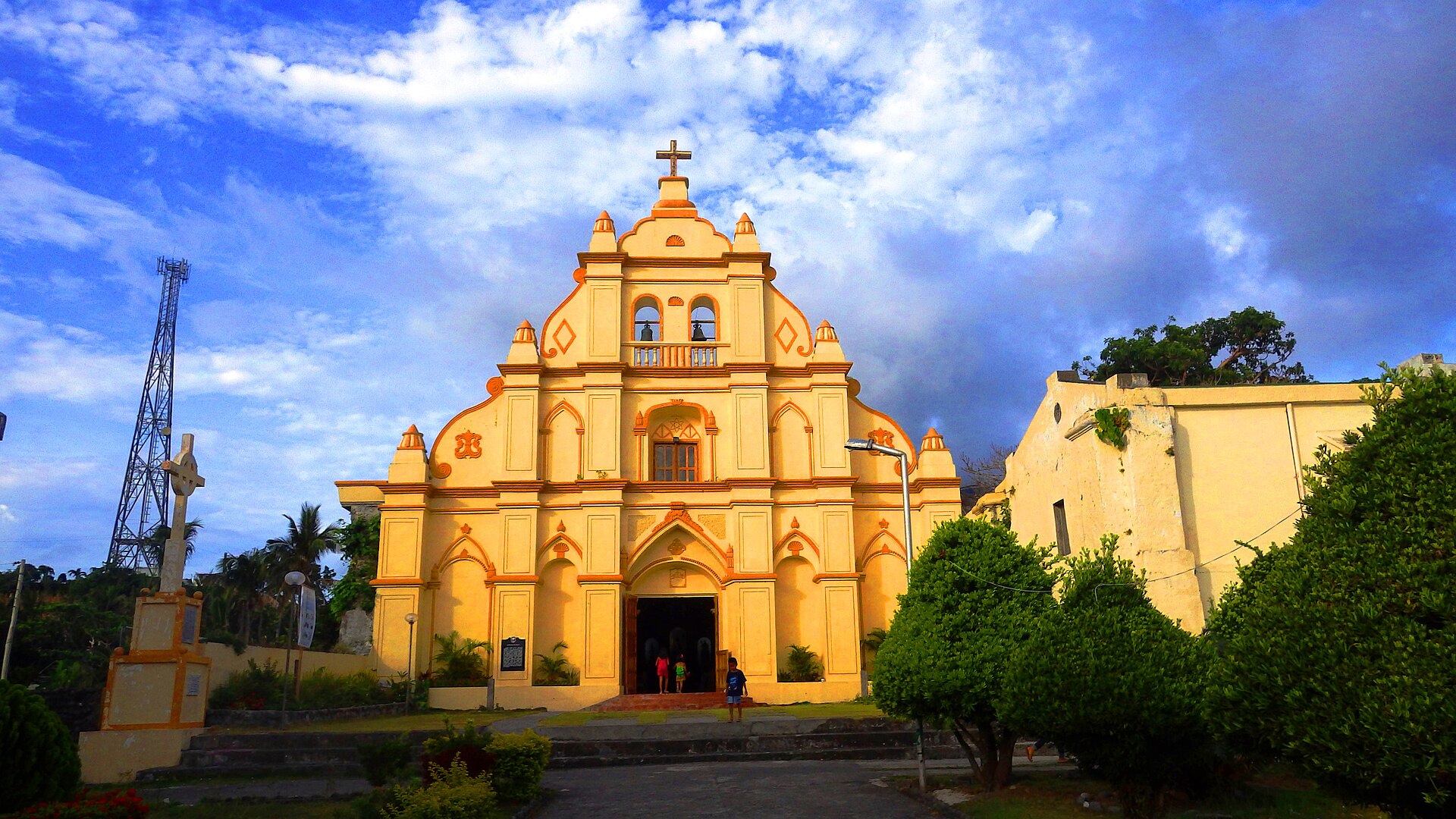
Basco Cathedral
The architecture of the Philippines is a rich tapestry reflecting the country’s complex history, cultural diversity, and adaptation to its tropical environment. Filipino architecture has evolved over centuries, blending indigenous styles with influences from colonizers, foreign traders, and modern innovations.
Pre-colonial Architecture
Before the arrival of the Spanish in the 16th century, indigenous Filipinos built structures using locally available materials like bamboo, wood, and nipa palm. The *bahay kubo* (nipa hut) is the most iconic example of pre-colonial architecture. It’s a stilted house with a steep thatched roof, designed to be practical in a tropical climate. The raised floor protects against flooding, while the open spaces allow for ventilation.
Spanish Colonial Architecture (1565-1898)
The Spanish colonization brought European architectural styles to the Philippines, particularly Baroque and Renaissance. Spanish friars built grand stone churches, many of which still stand today as UNESCO World Heritage Sites, such as the *San Agustin Church* in Manila. These churches often combined European styles with local materials and construction techniques, creating the distinct “Earthquake Baroque” style, characterized by massive buttresses and thick walls to withstand the frequent seismic activity in the region.
Spanish colonial houses, known as *bahay na bato*, were another significant architectural form. These were two-story houses with a stone or brick ground floor and a wooden upper floor. The *ventanillas* (small windows below the large windows) and wide eaves provided ventilation, and the tiled roofs and overhanging second floors were designed to handle the heavy rainfall.
American Colonial Architecture (1898-1946)
The American colonial period introduced new materials and construction methods, such as reinforced concrete. The Americans also brought Neoclassical and Art Deco styles to public buildings. Notable examples include the *Manila Central Post Office* and the *University of the Philippines’ main building* in Quezon City.
During this period, the concept of urban planning was also introduced, with American architect Daniel Burnham designing master plans for Manila and Baguio. The Burnham Plan of Manila emphasized wide boulevards, parks, and civic buildings, although it was only partially implemented.
Post-World War II and Modern Architecture
After World War II, much of Manila was rebuilt, and the influence of Modernist architecture became prominent. Architects like *Leandro Locsin* and *Pablo Antonio* emerged, who are considered pioneers of Filipino Modernism. Locsin’s works, such as the *Cultural Center of the Philippines* and the *Philippine International Convention Center*, showcase his signature Brutalist style, utilizing concrete in innovative ways.
Contemporary Filipino Architecture
Today, Filipino architecture is a mix of traditional, colonial, and modern influences. There’s a growing movement to incorporate sustainable and climate-responsive designs. Contemporary Filipino architects are increasingly looking to indigenous traditions and materials to create environmentally friendly and culturally relevant structures. This is evident in the use of natural ventilation, solar shading, and the revival of indigenous motifs in modern designs.
One prominent contemporary architect is *Kenneth Cobonpue*, known internationally for his work in furniture design, which often incorporates traditional Filipino weaving techniques and materials like rattan. His approach is a prime example of how modern Filipino design can blend traditional craftsmanship with contemporary aesthetics.
Adaptive and Vernacular Architecture
Given the Philippines’ vulnerability to natural disasters like typhoons and earthquakes, there’s a strong tradition of adaptive architecture. Structures are often designed to be resilient and easy to repair. For instance, the *bahay kubo* and *bahay na bato* are examples of how traditional architecture is inherently adaptive to the local climate and environmental conditions.
In summary, the architecture of the Philippines is a reflection of its diverse history, geography, and culture. From the indigenous *bahay kubo* to the grand colonial churches and modernist structures, Filipino architecture continues to evolve, blending the old with the new while staying rooted in local traditions.
A torogan in Lanao del Sur
Traditional residences of community leaders
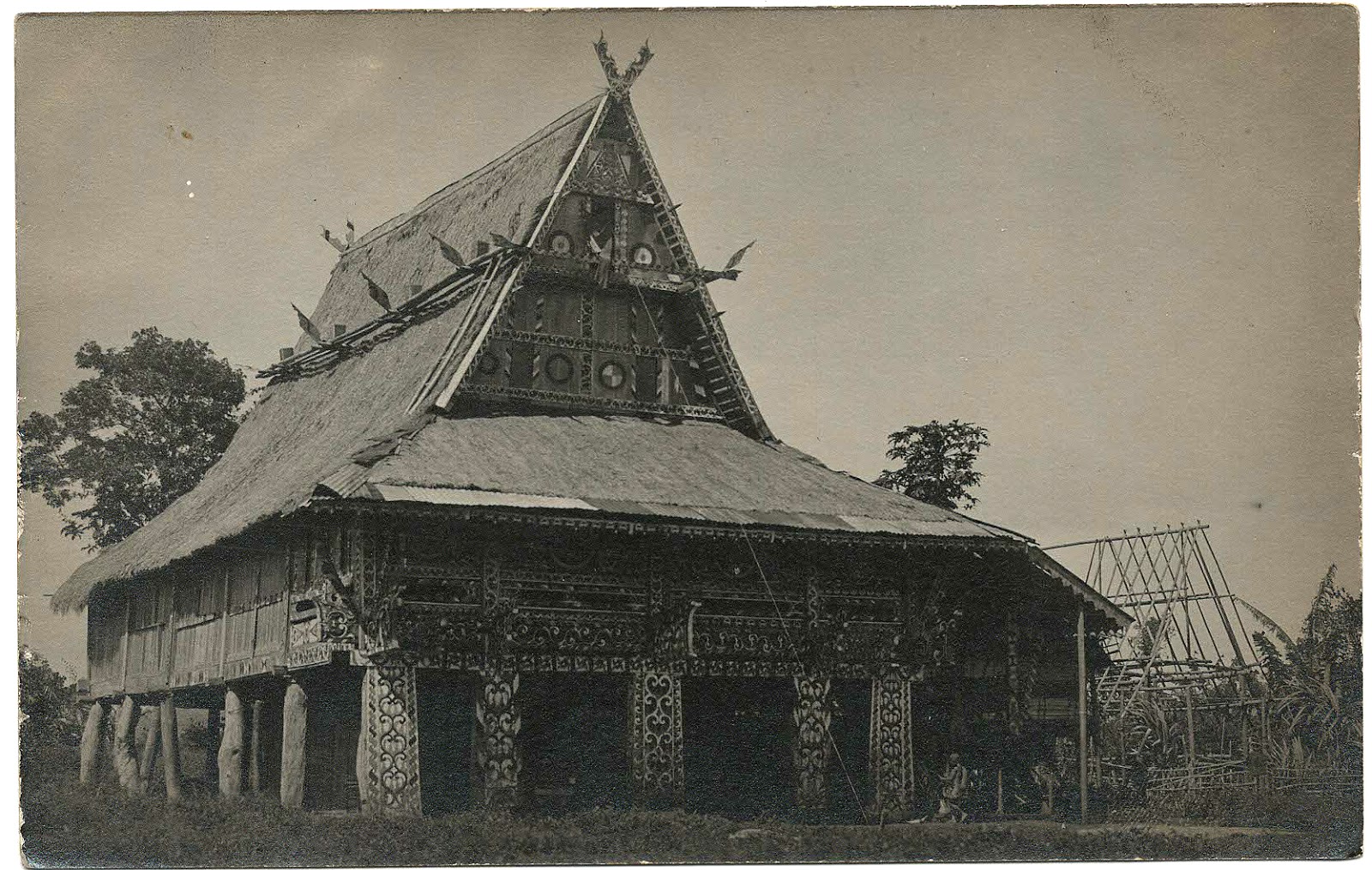
A Tboli nipa hut in Southern Philippines
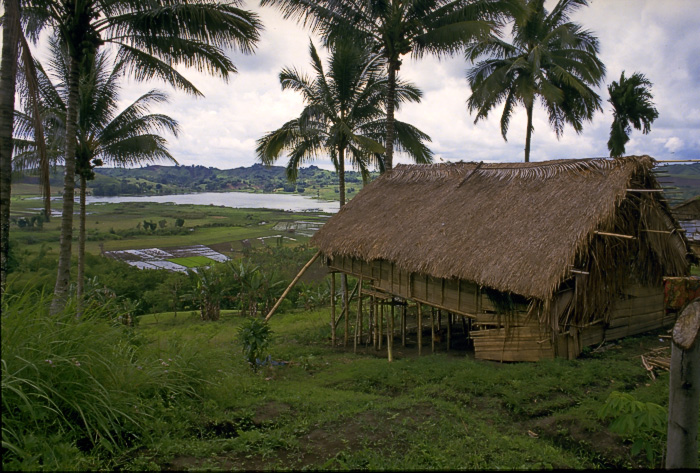
Bahay kubo
A type of stilt house indegenous to the Philippines
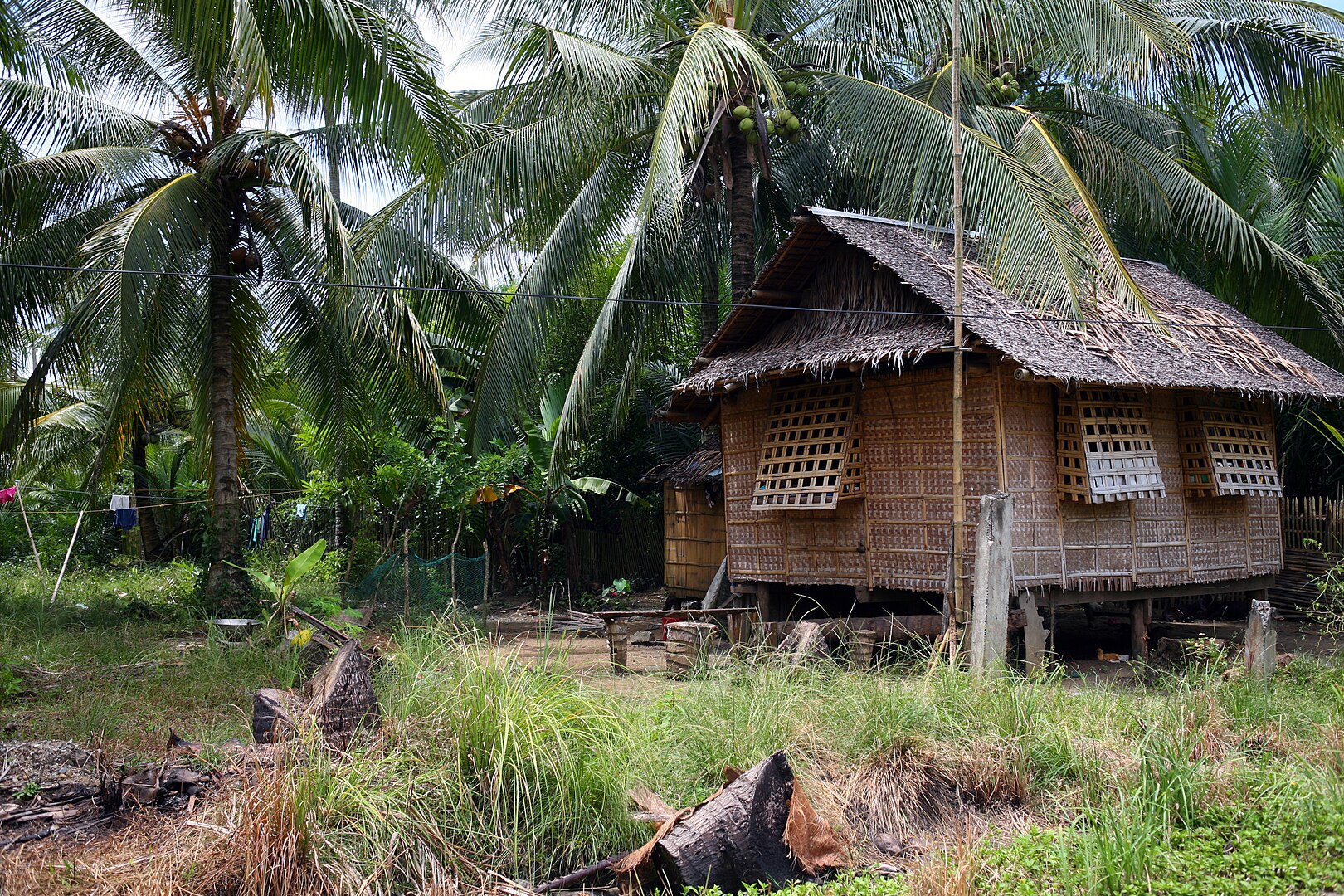
Bahay Kubo
ca 1900
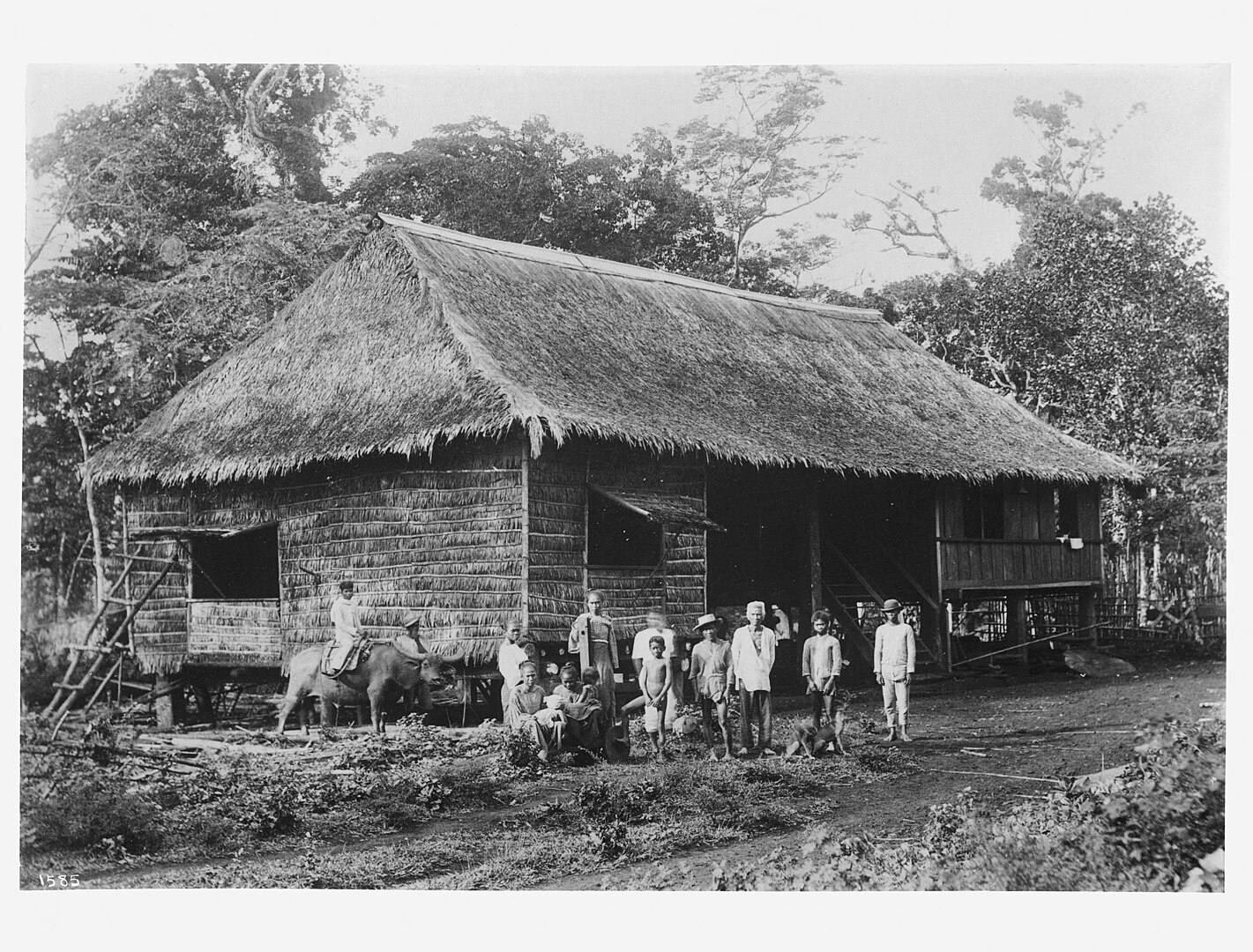
Bahai na Bota
Colonial houses during the Spanish period
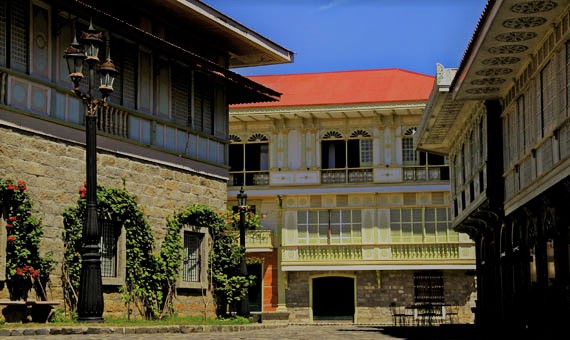
Bahai na bato
Type of building originating during the Spanish colonial period
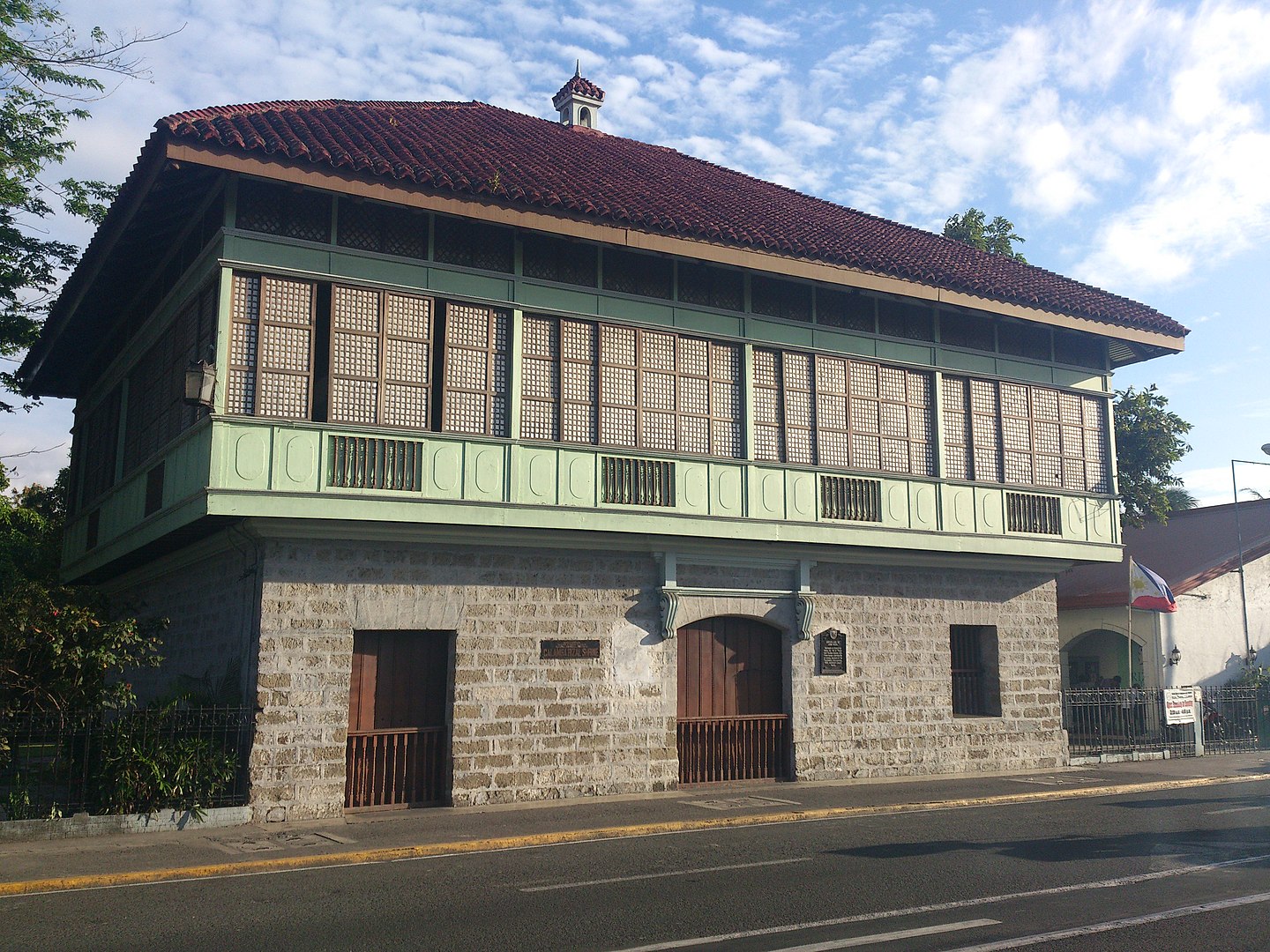
Cultural Center of the Philippines
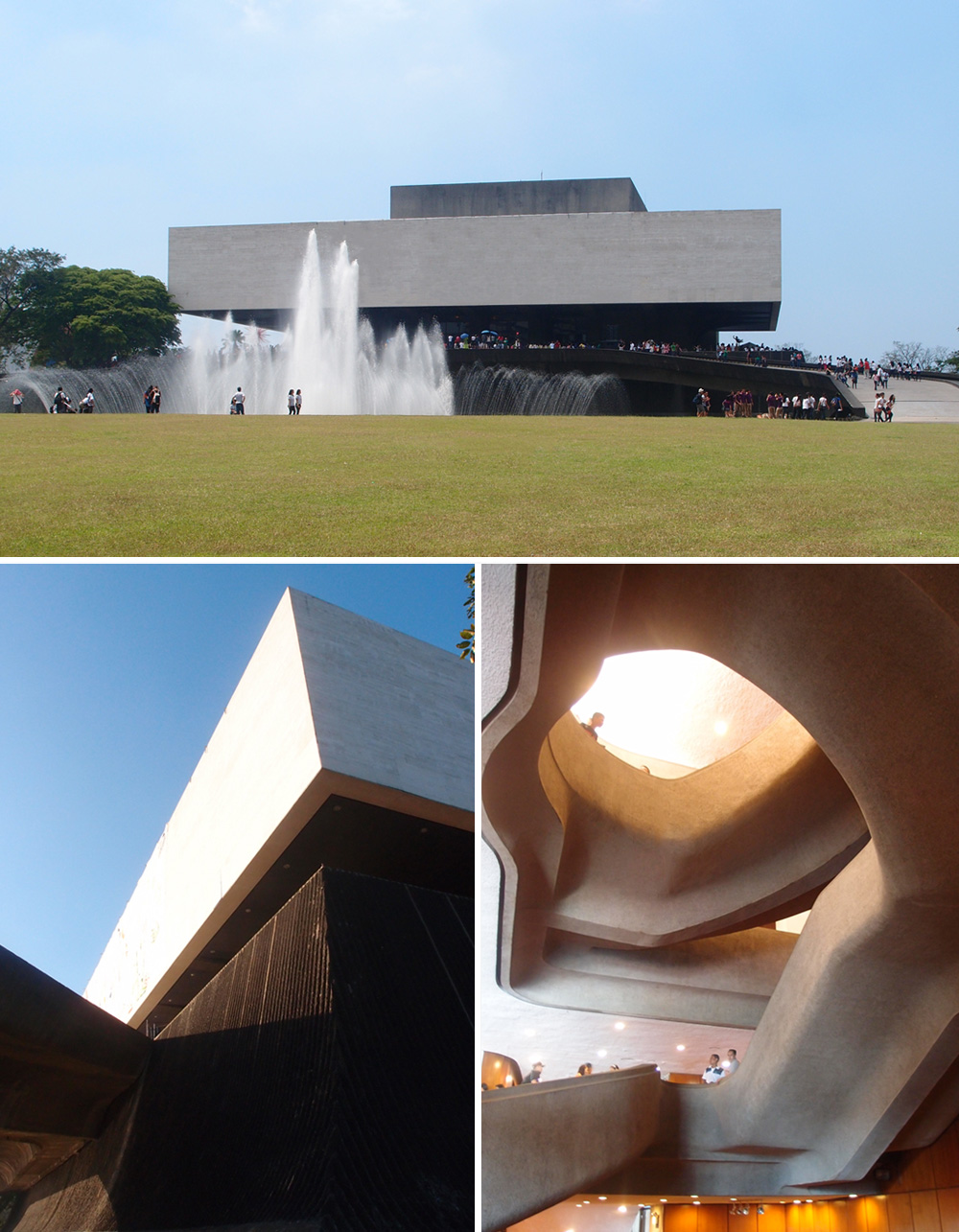
Daru Jambangan
Palace of Flowers
the royal residence of the rules of the Tausug in Maimbung, Sulu
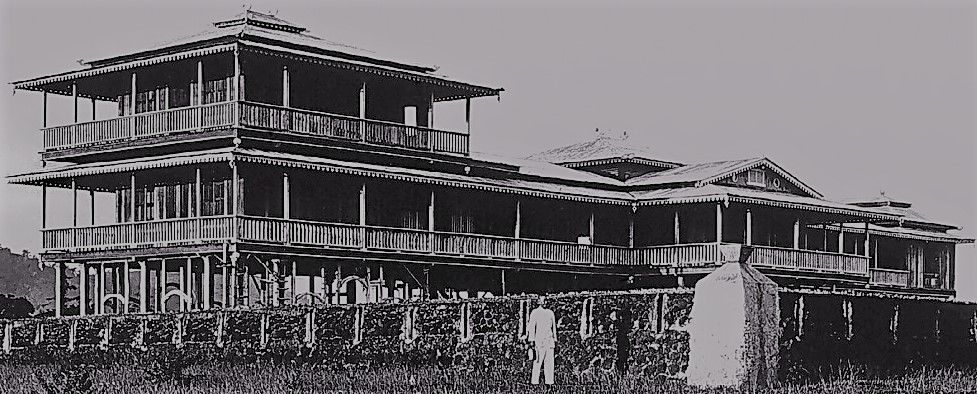
First United Building
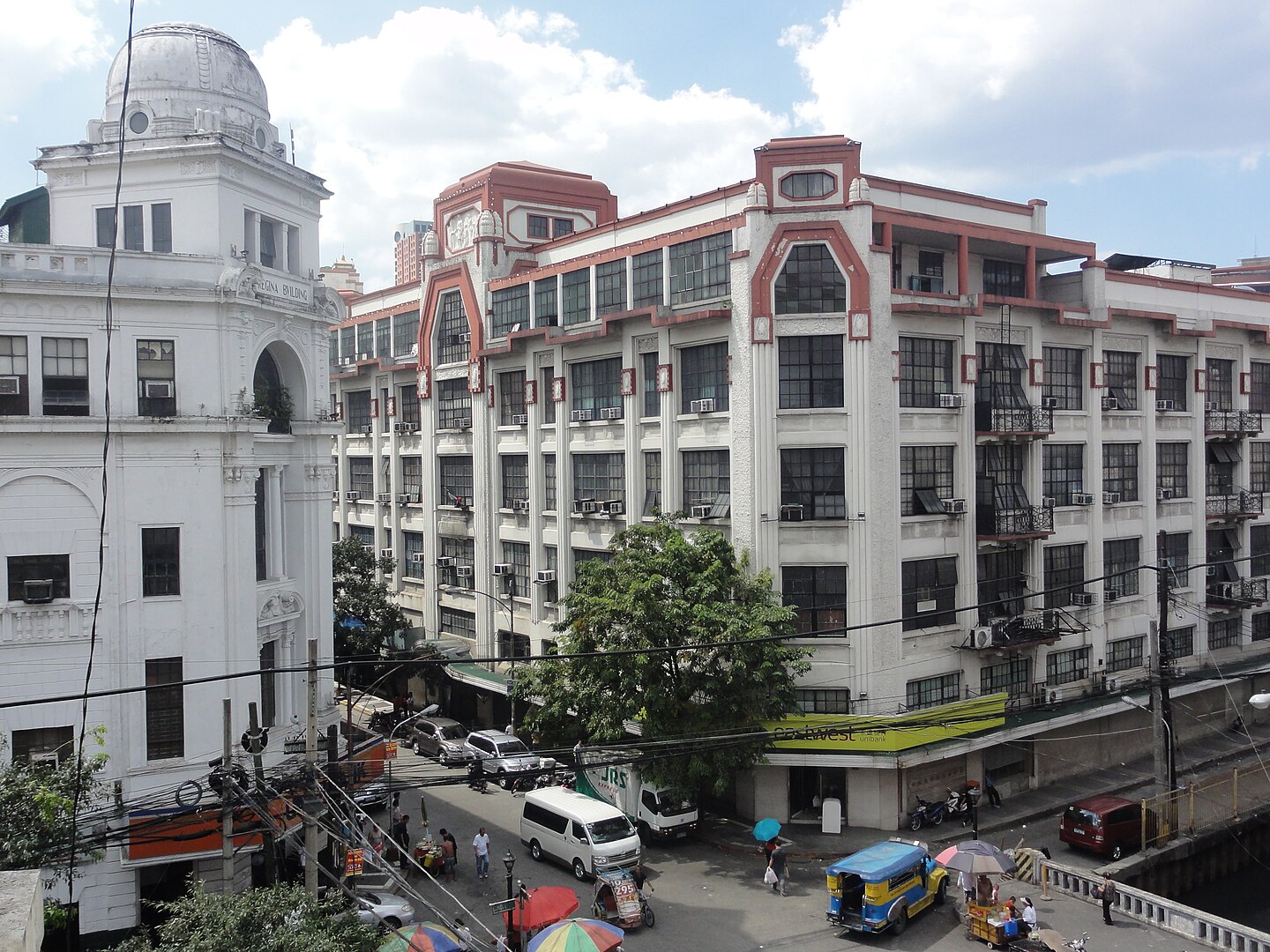
Fort Drum
built by the Americans to guard the Islands nearby
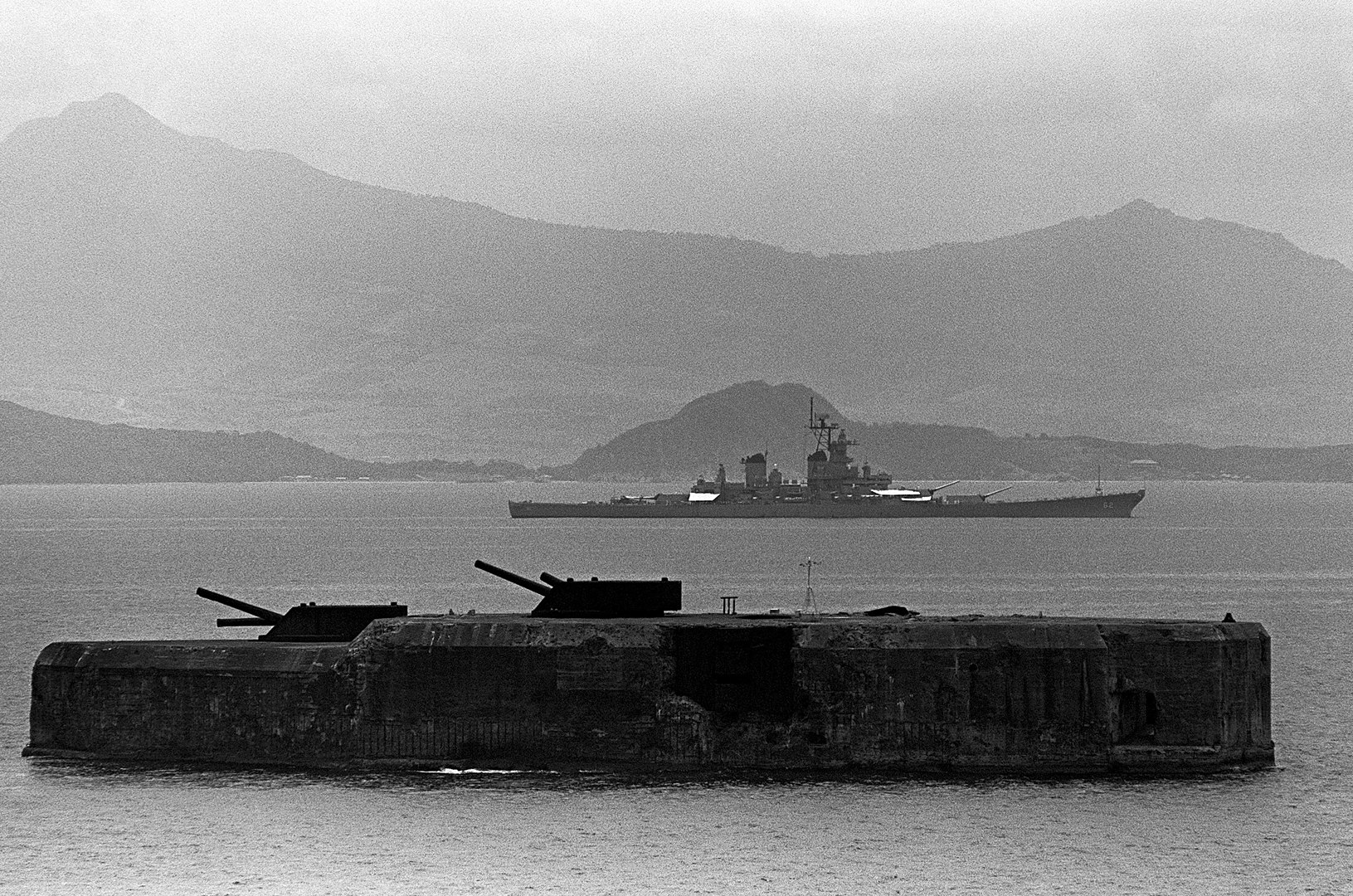
Fort Santiago in Intramuros
Manila
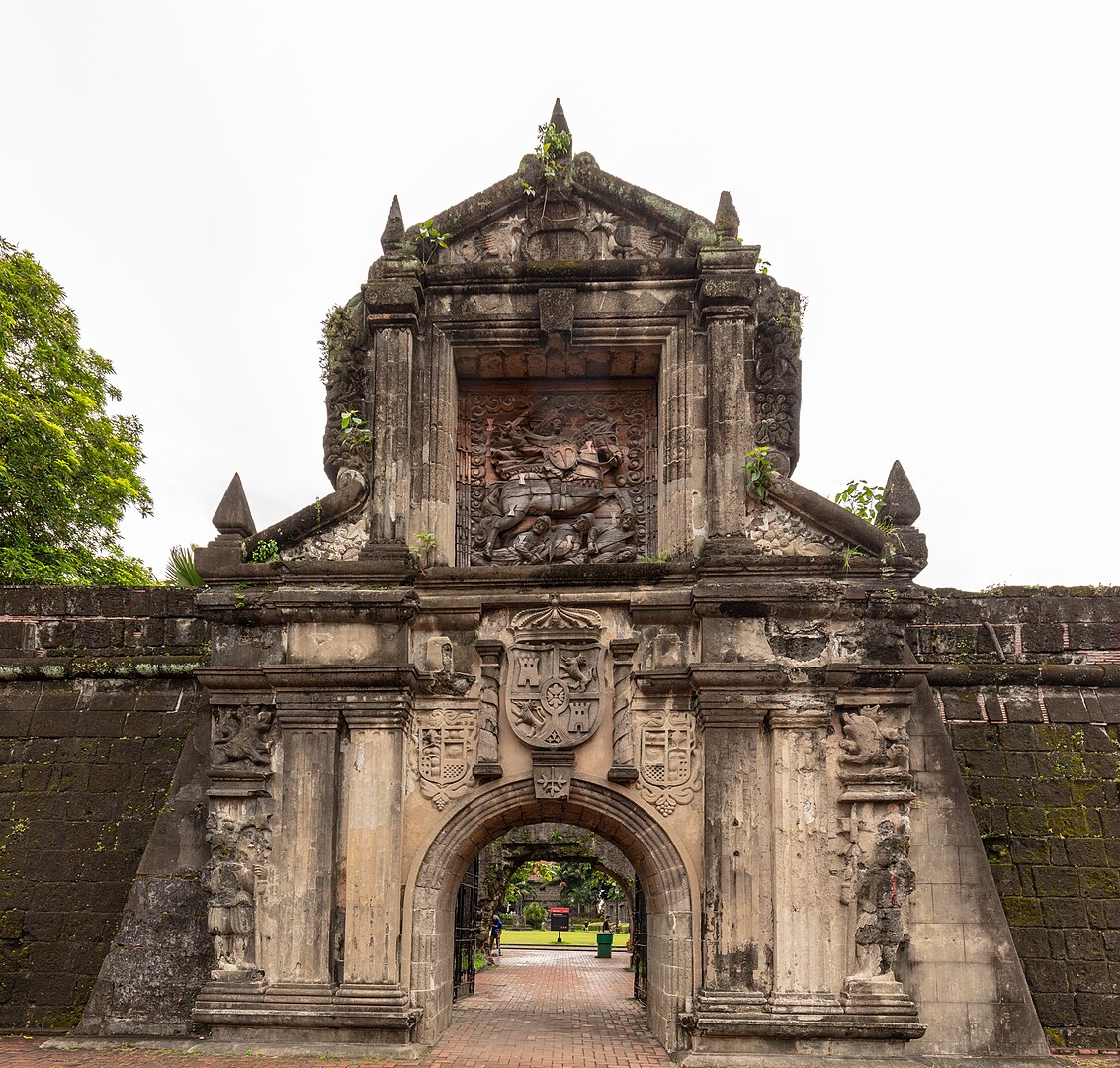
Ifugao Rice Terraces
building about 2000 years ago
represents an illustration of an ancient civilization in the Philippines
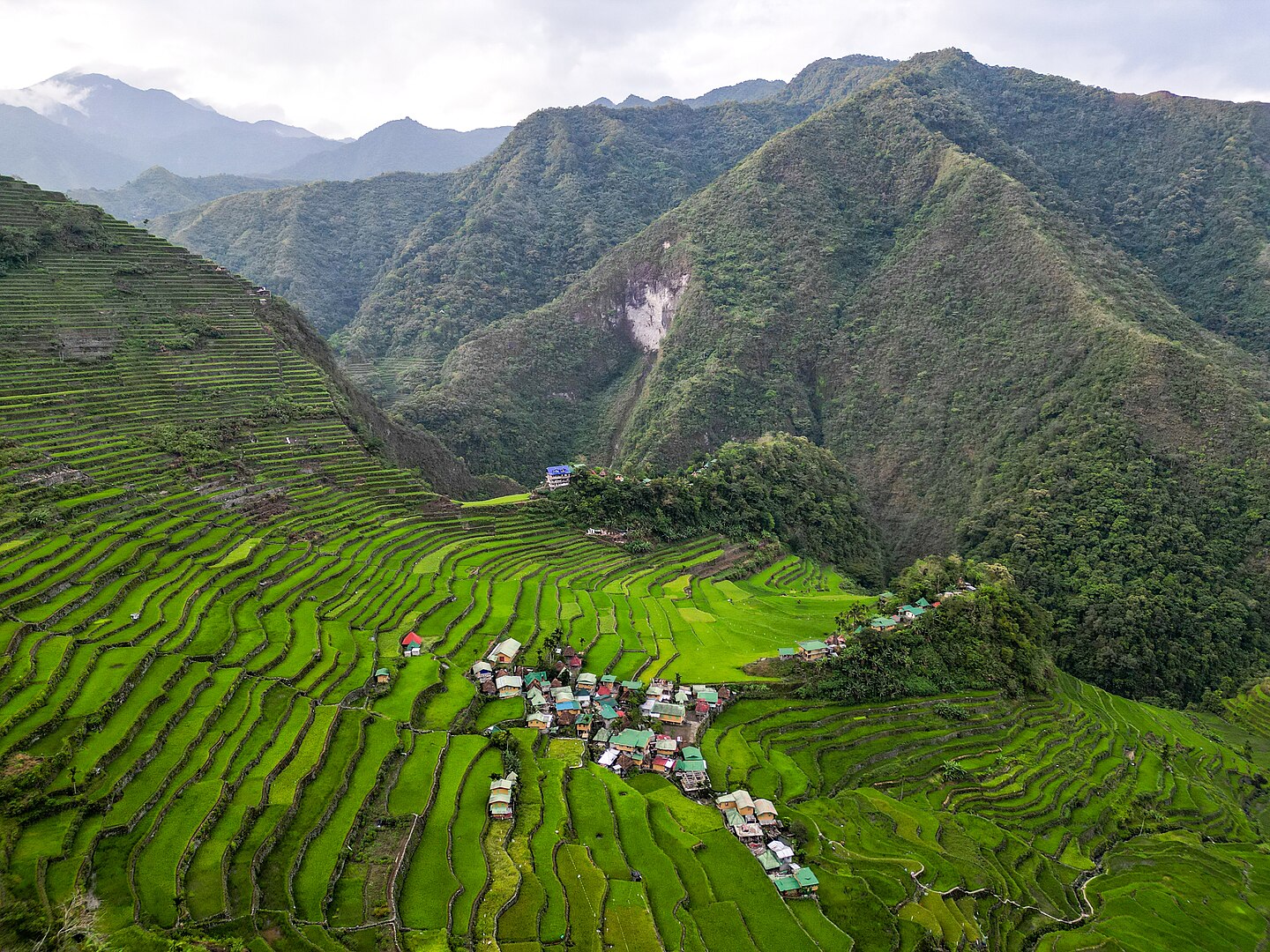
Plaza Rizal in Banan, Laguna
Typical layout of a city or to poblacion
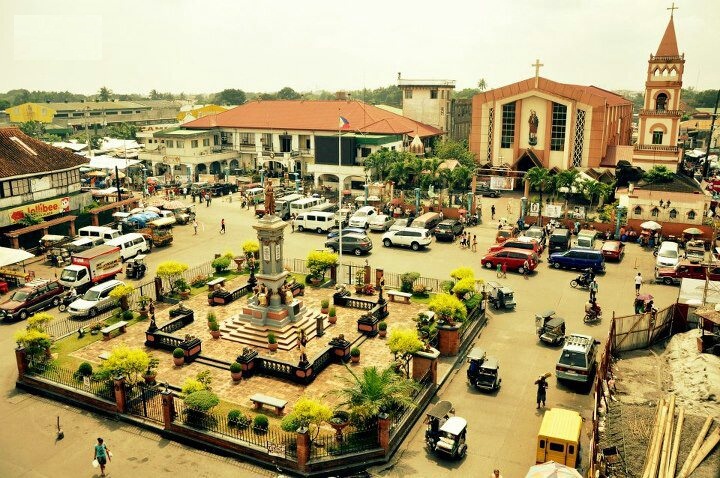
Sinandumparan in Sabtang
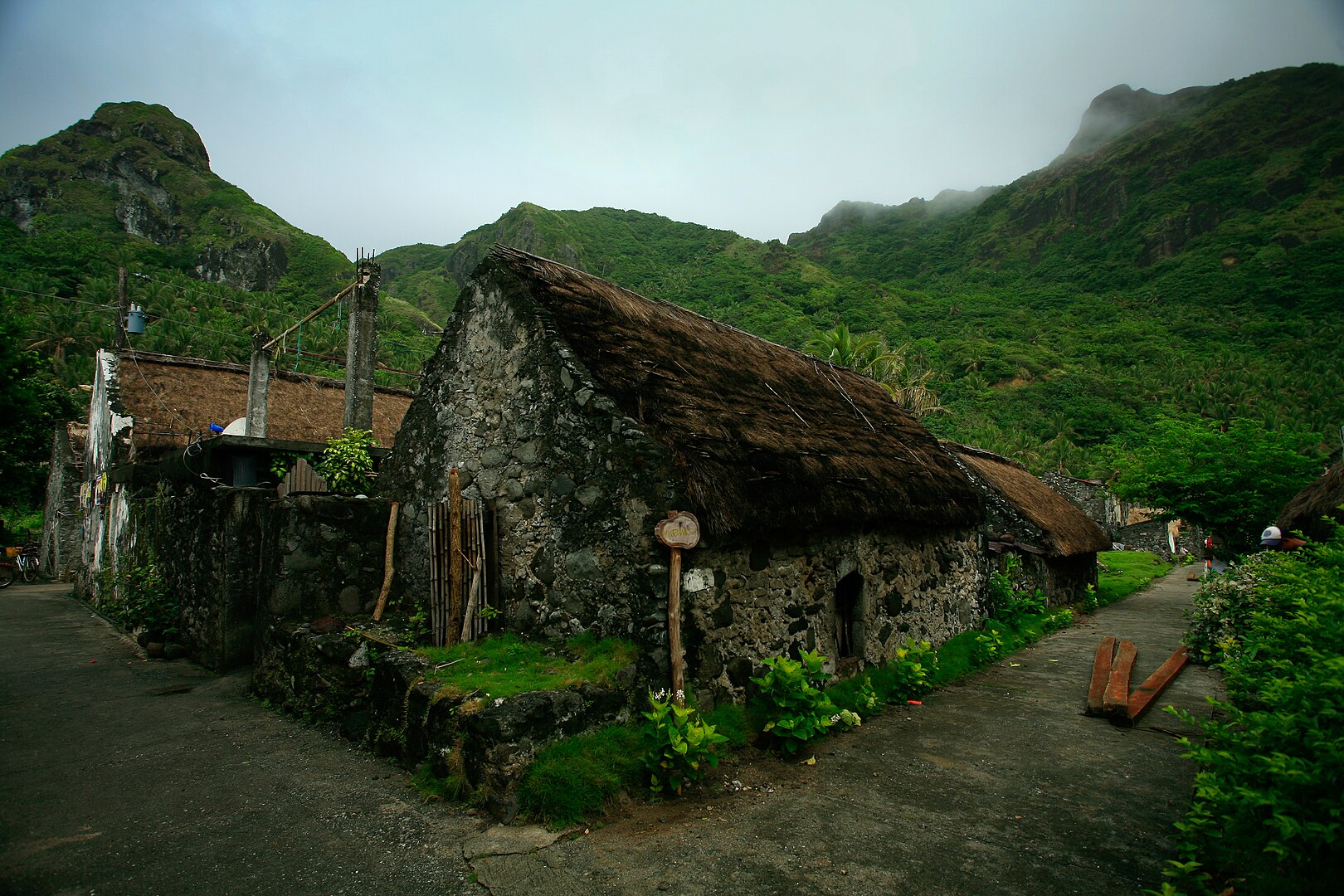
The Casa Redonda
Rizal Shrine Dapitan
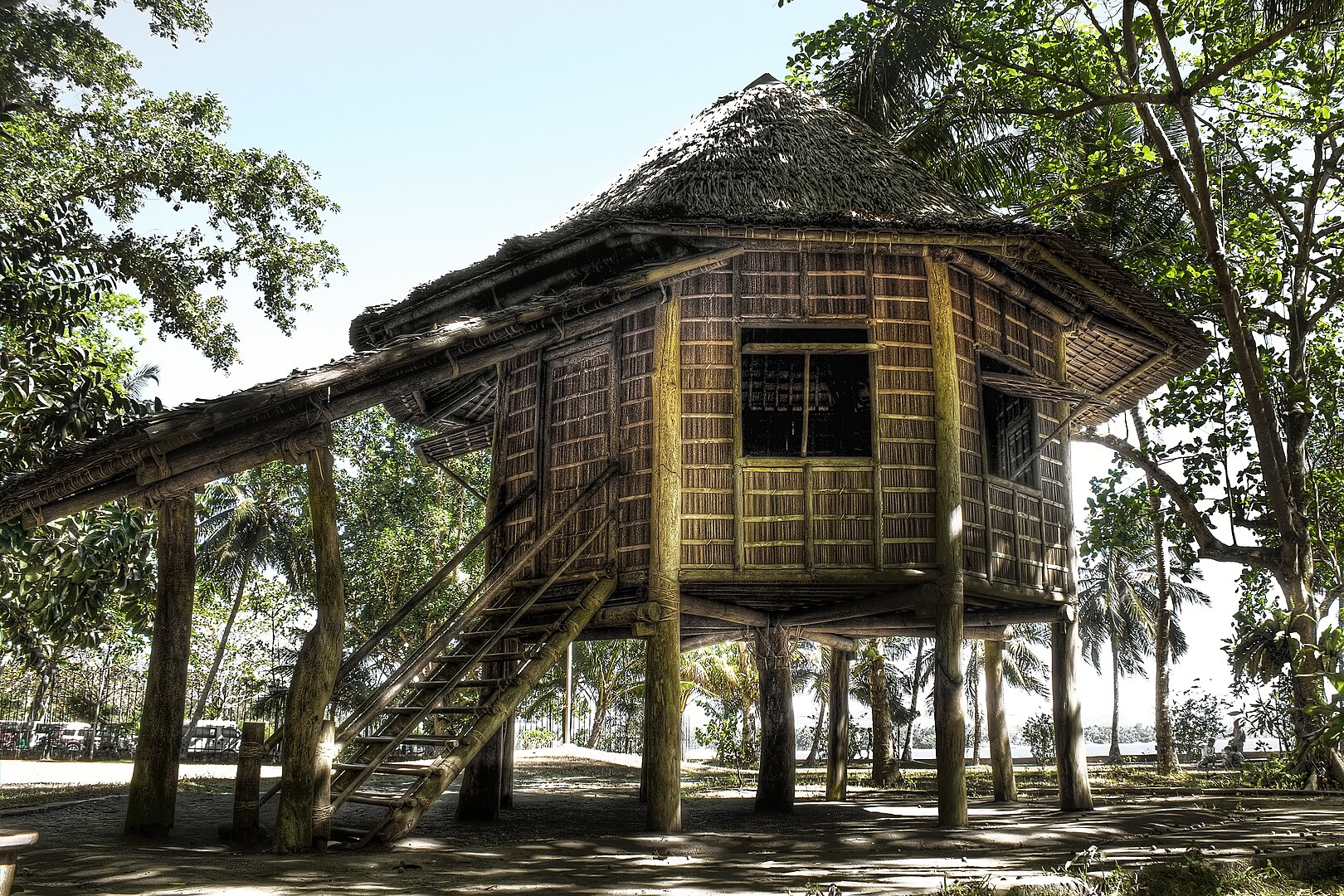
The heritage town of Vigan
one of the New 7 Wonders Cities
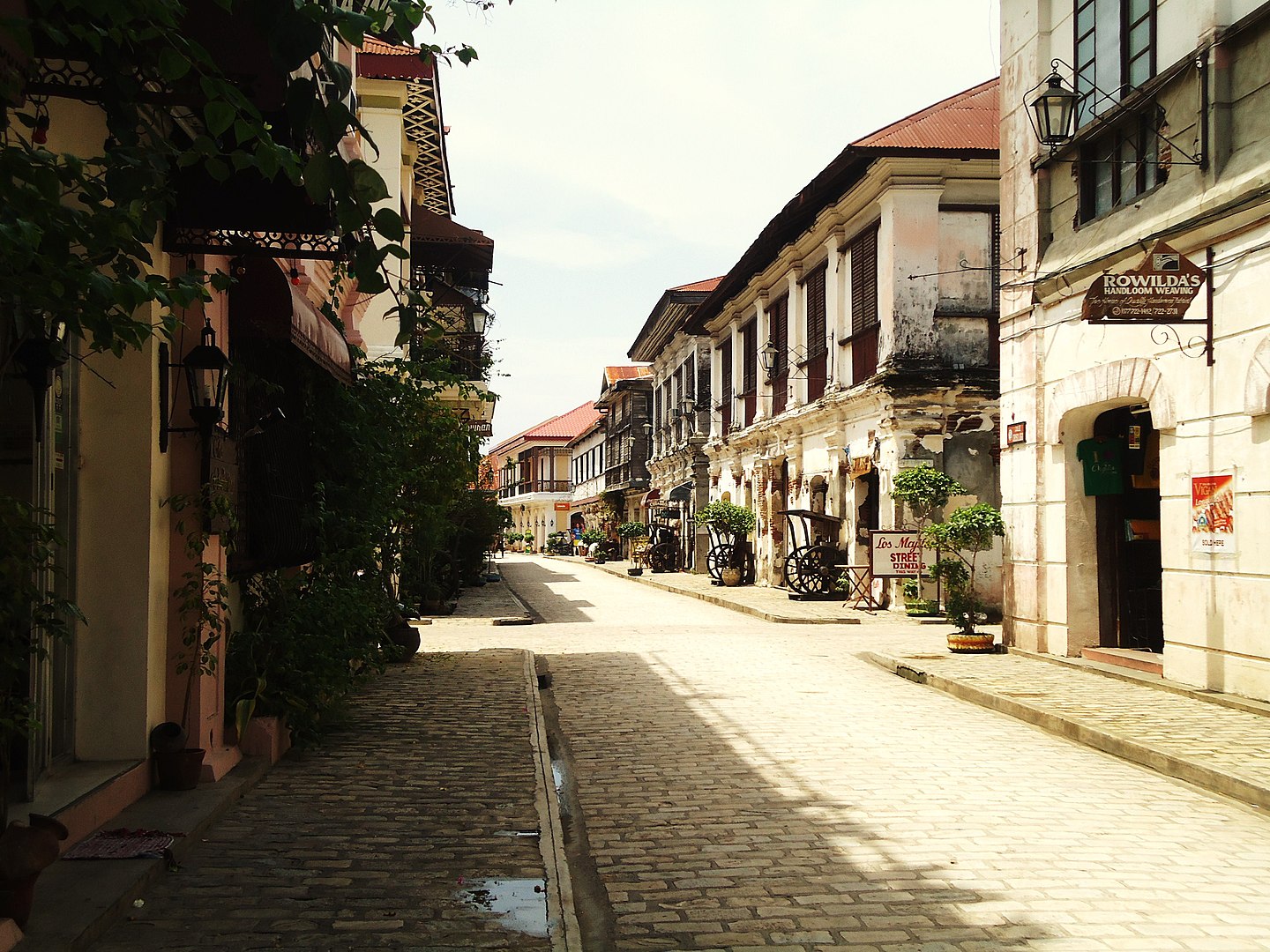
The Mabini Shrine
Manila
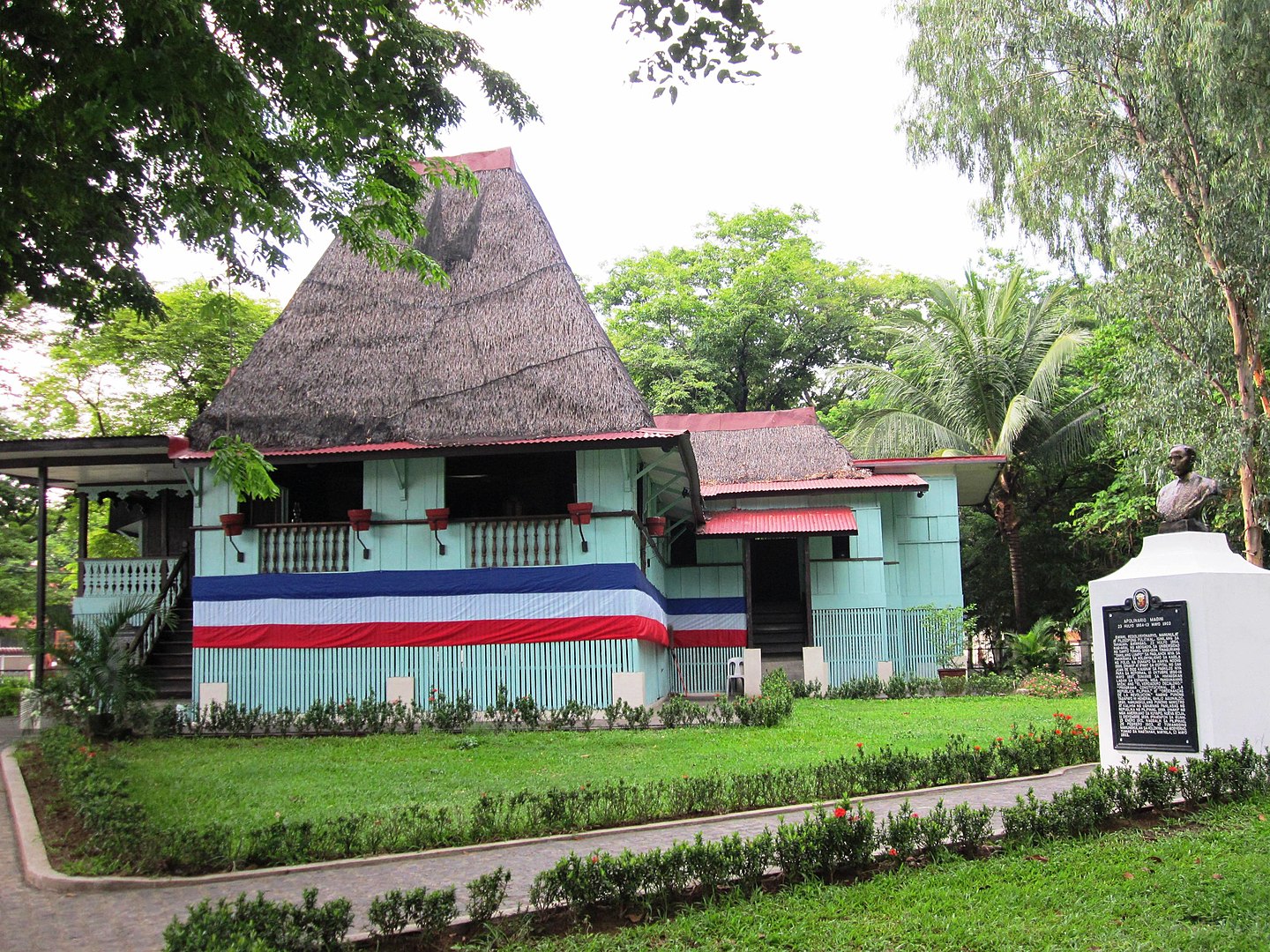
The National Museum of FIne Arts
Manila
Neoclassical bulding
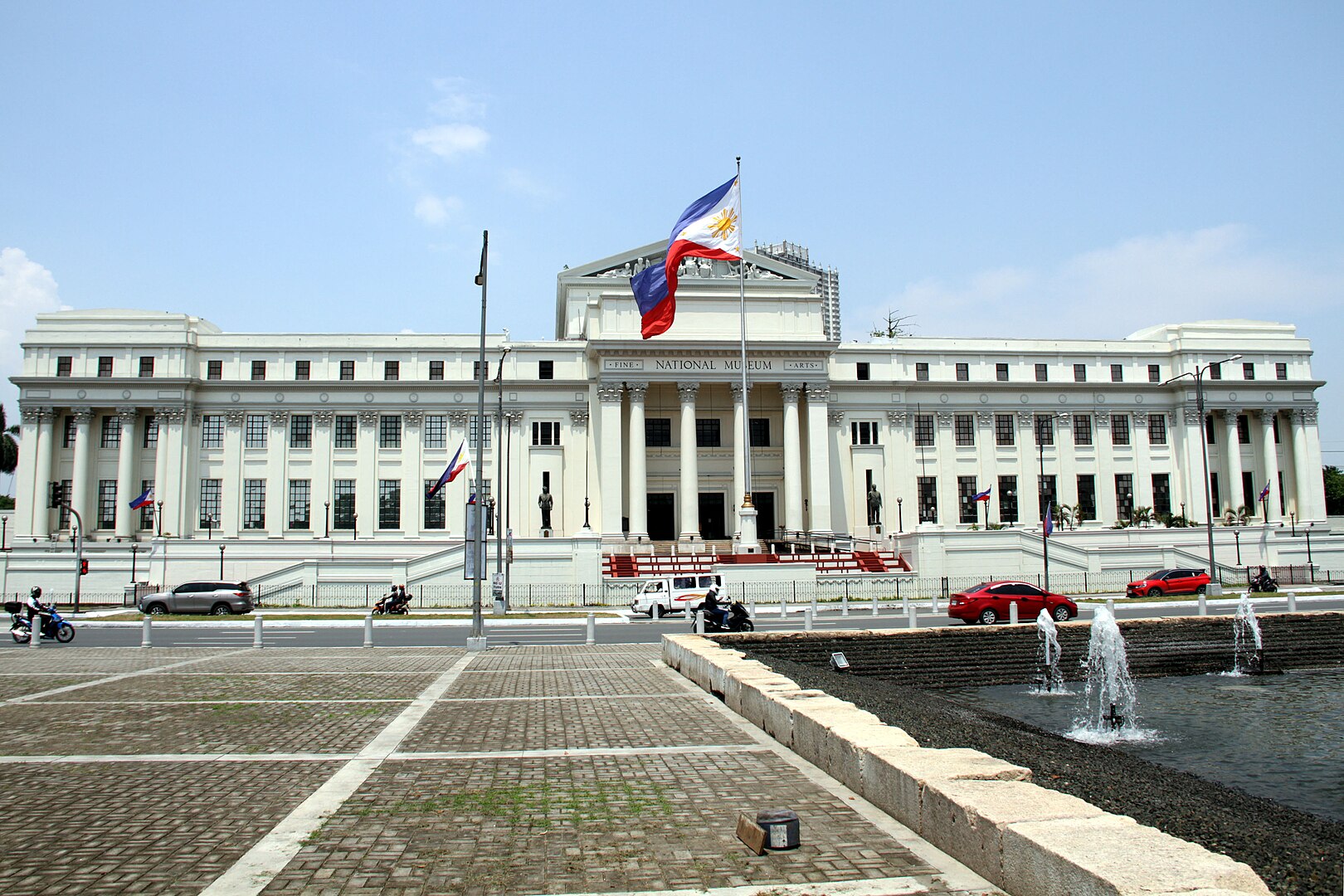
The Paoay Church
Earthquake baroque architecture
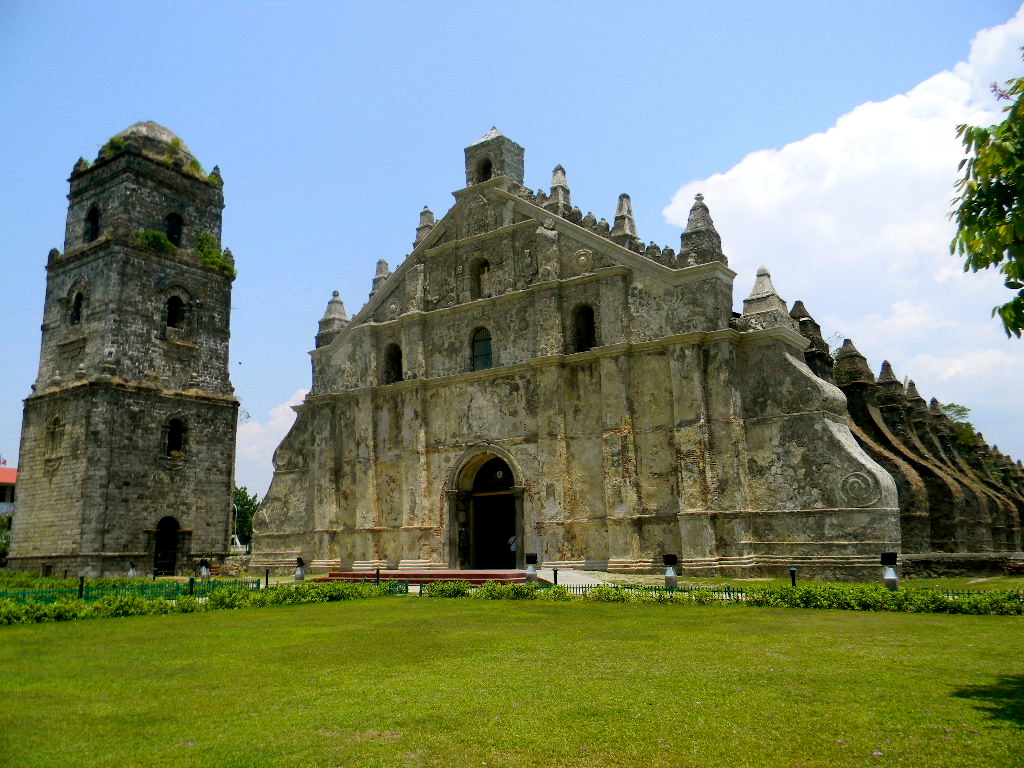
The raised bale houses
Ifugao People
Cordillera Region
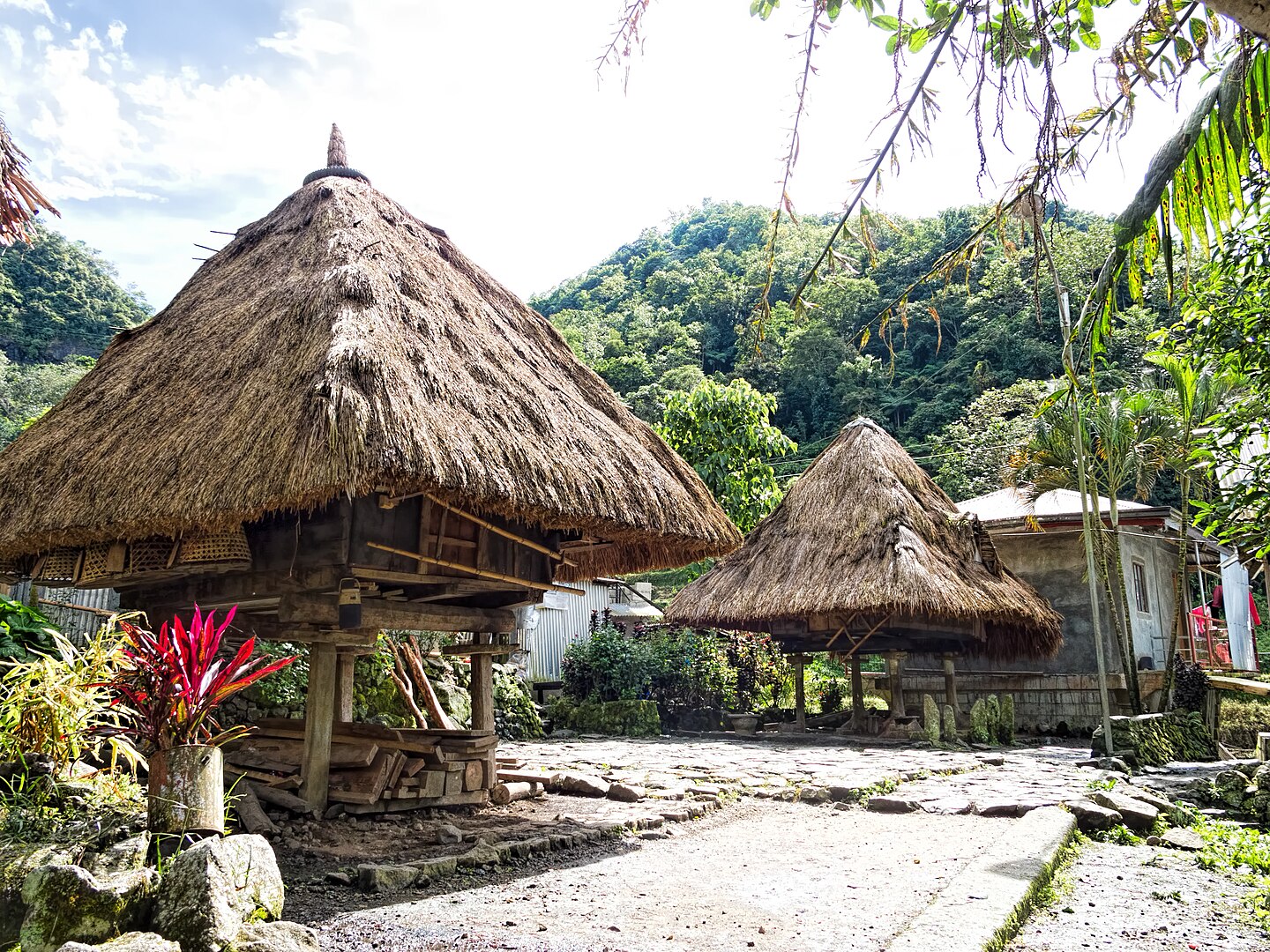
Ottawa Condo for Sale
West Centre Town
1101-40 Arthur Street
$524,900
Federal Government looking to turn Ottawa properties into housing

The federal government is actively working to address the housing crisis in Canada by repurposing federal properties for residential use. As part of this effort, 22 properties in Ottawa have been identified for potential conversion into housing. This initiative is part of the broader “Public Lands for Homes Plan,” which aims to unlock public lands across the country to accelerate the development of affordable housing.
These properties in Ottawa, which include surplus office spaces and other federal buildings, are intended to be leased to developers who will build housing, rather than sold outright. This approach is designed to ensure long-term affordability and maintain public ownership of the land. The government is particularly focused on converting these spaces quickly to address the urgent need for affordable housing.
The properties in question are part of a larger list of 56 federal sites across Canada, with a goal to support the creation of up to 4 million new homes by 2031. The conversion of these sites, especially in key urban centers like Ottawa, is seen as a critical step in alleviating the housing shortage.
For further details on the specific properties or the overall plan, you might want to keep an eye on upcoming announcements from the government, as more properties and specific plans will be revealed in the coming months.
Details here.
Details here
Ottawa Condo for Sale
West Centre Town
404-40 Arthur Street
$489,900
Ottawa Condo for Sale
West Centre Town
204-40 Arthur Street
$469,900
Ottawa Condo for Sale
West Centre Town
1102-40 Arthur Street
$489,900
Ottawa Condo for Sale
West Centre Town
1102-40 Arthur Street
$489,900
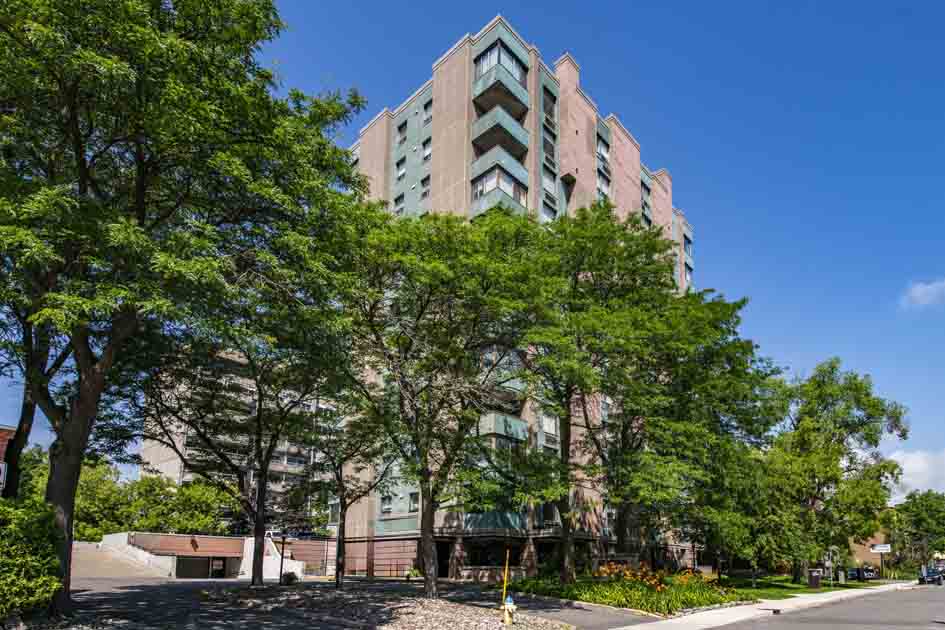
Introducing 1102-40 Arthur, boasting one of the city’s most captivating views. This penthouse level suite has higher ceilings & fireplace Large living room & dining room. Spacious two-bedroom condo features 1.5 baths & comes w the added convenience of AC & in-suite laundry. Situated atop Nanny Goat Hill on a quiet side street, steps from the vibrant shops, cafes, & restaurants of Chinatown. Kitchen has ample cupboard & counter space, complemented by a large window that frames a river view. The primary bedroom is spacious, while the second bedroom is also generously sized & often serves as the main bedroom. Four-season solarium w banquette. With only 44 units, the building fosters a warm community atmosphere. All-inclusive condo fees, cover hydro, water, & heating/cooling via a heat pump. Amenities include private visitor parking, gym, sauna, garden patio w BBQ facilities, & library. Excellent location 2 blocks f downtown & a short walk to Little Italy, w the Pimisi LRT station in Lebreton Flats only 10 minutes away & public transit a mere block from your doorstep.
Virtual Tour
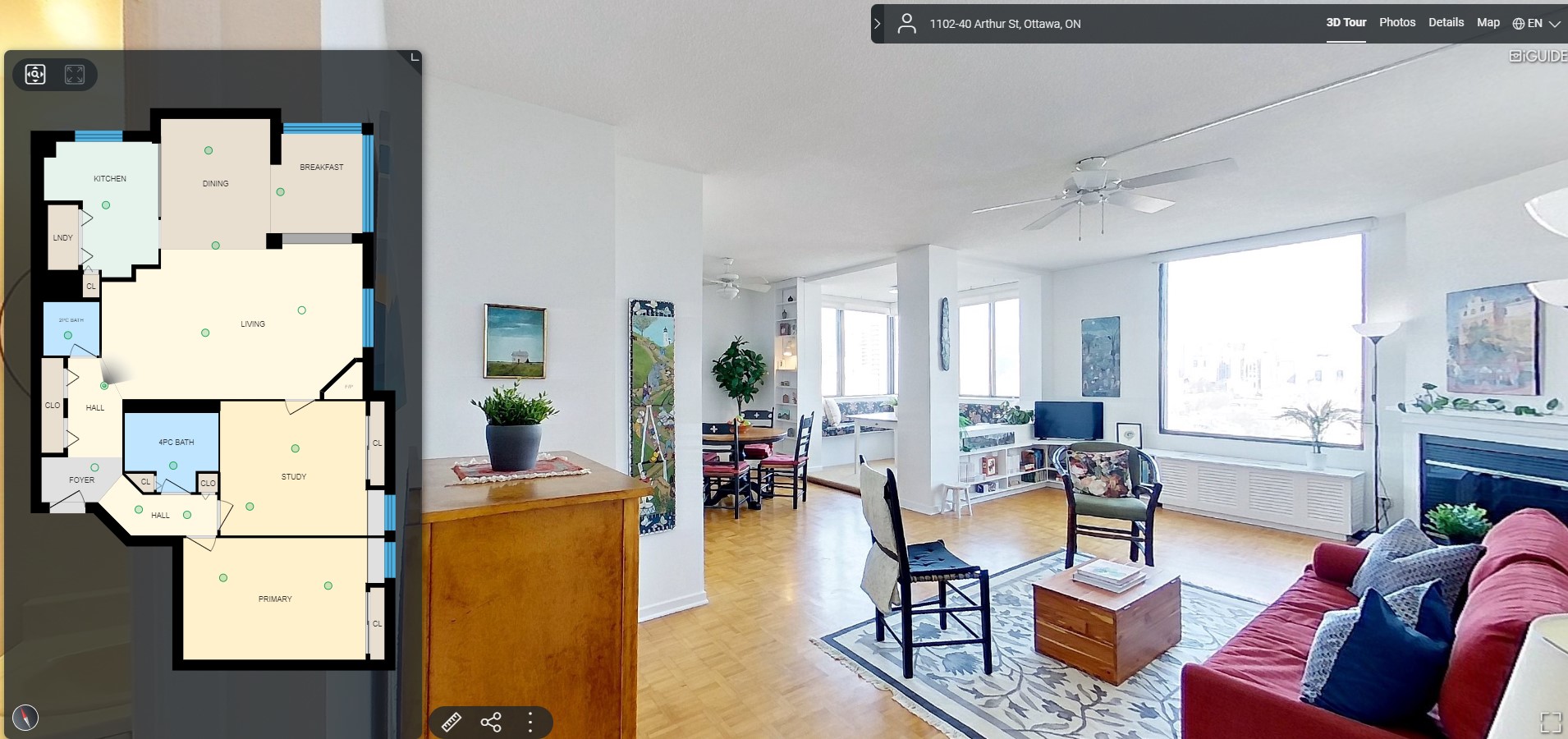
Architecture of Russia – Post-Soviet and present-day
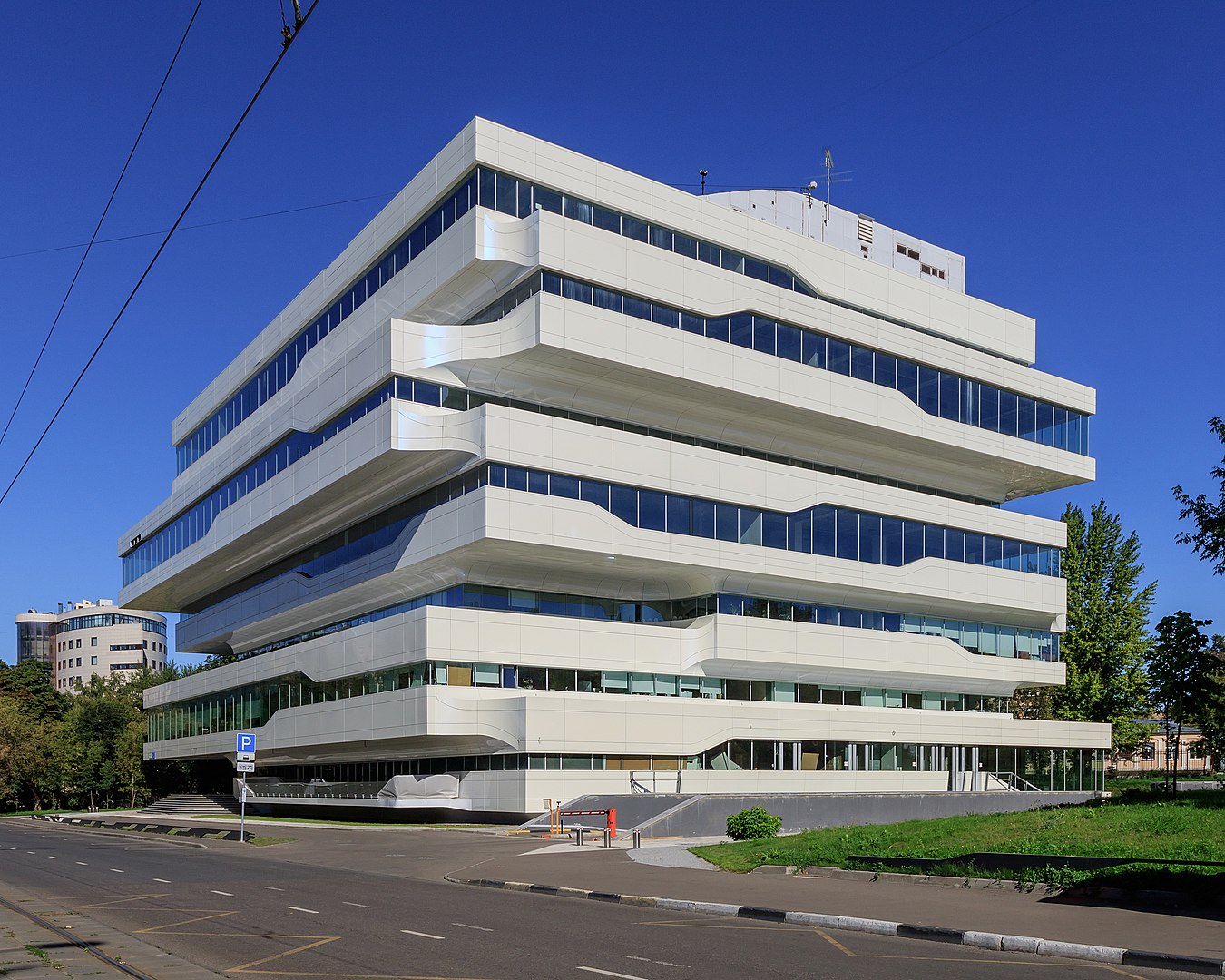
Dominion Tower
Post-Soviet and present-day Russian architecture reflects a dynamic period of transformation and adaptation, influenced by the country’s political, economic, and cultural changes since the collapse of the Soviet Union in 1991.
- Post-Soviet Transition (1990s–2000s)
-
The 1990s in Russia were marked by economic turmoil and a significant shift from state-controlled, utilitarian architectural practices to more market-driven, diverse forms of expression. During this time:
- Eclecticism: There was a revival of eclectic styles as architects explored a mix of historical references, often combining classical, baroque, and traditional Russian elements with modernist influences.
- Commercial Architecture: The rise of capitalism brought a boom in commercial buildings, including shopping malls, office complexes, and luxury apartments. Many of these structures adopted a flashy, sometimes kitschy style, emphasizing grandeur and opulence.
- Restoration and Heritage: There was a renewed interest in restoring historic buildings, especially those damaged or neglected during the Soviet era. This period saw the restoration of many churches, palaces, and other cultural landmarks.
- The Rise of Contemporary Russian Architecture (2000s–2010s)
-
As Russia stabilized in the 2000s under Vladimir Putin’s leadership, its architecture began to evolve with new technological advancements and greater engagement with global trends:
- High-Tech and Modernism: A wave of modernist and high-tech architecture emerged, characterized by sleek lines, innovative materials, and an emphasis on functionality. Prominent examples include the Federation Tower in Moscow and the Lakhta Center in St. Petersburg, the tallest building in Europe.
- Cultural and Public Buildings: There was a significant investment in cultural and public infrastructure, including theaters, museums, and sports complexes. The construction of venues for international events like the 2014 Winter Olympics in Sochi and the 2018 FIFA World Cup led to the creation of iconic structures like the Fisht Olympic Stadium and Kazan Arena.
- Experimental and Avant-Garde: Some architects began to experiment with more avant-garde designs, exploring complex geometries, sustainable building practices, and integrating digital technologies. This was a move away from the rigid, mass-produced architecture of the Soviet era.
- Present-Day Russian Architecture (2020s–Present)
-
In recent years, Russian architecture continues to reflect both its unique cultural heritage and its position in the global architectural scene:
- Integration of Tradition and Innovation**: Contemporary Russian architecture often blends traditional Russian motifs with modern design principles. This is seen in projects that aim to respect historical contexts while introducing cutting-edge technologies.
- Urban Development: There is a focus on large-scale urban development projects, particularly in Moscow and St. Petersburg. Mixed-use developments, green spaces, and smart city initiatives are becoming more common as part of efforts to improve urban living conditions.
- National Identity: Architecture is increasingly seen as a tool for expressing national identity, with state-sponsored projects often emphasizing Russian heritage, resilience, and power. This includes both new constructions and the continued restoration of iconic Soviet-era structures.
- Challenges and Criticisms: Despite progress, Russian architecture faces challenges such as corruption, uneven development between regions, and the impact of international sanctions. Additionally, some critics argue that modern Russian architecture can sometimes prioritize form over function, leading to impractical or overly ostentatious designs.
Agricultural palace
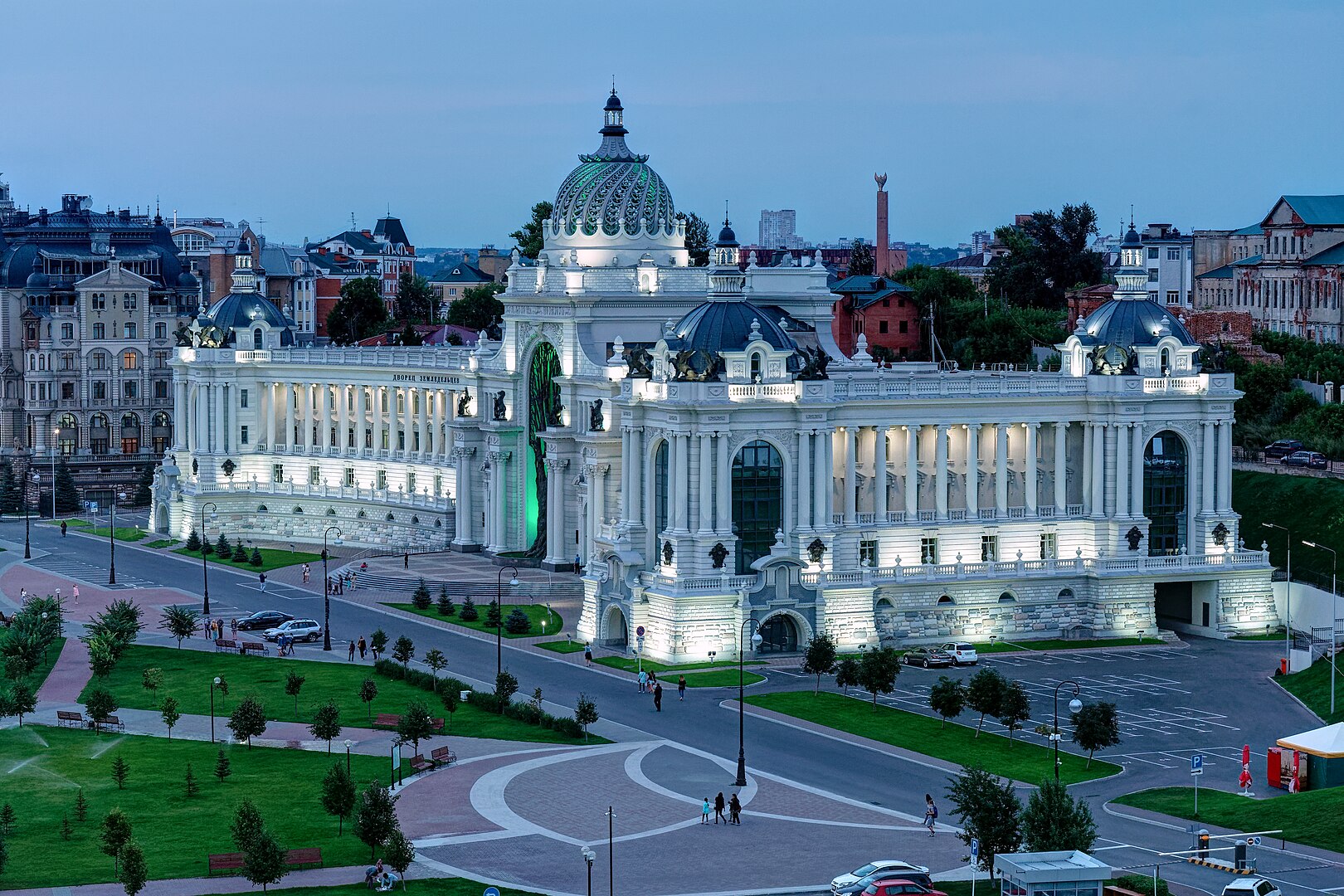
Fomenko Theatre
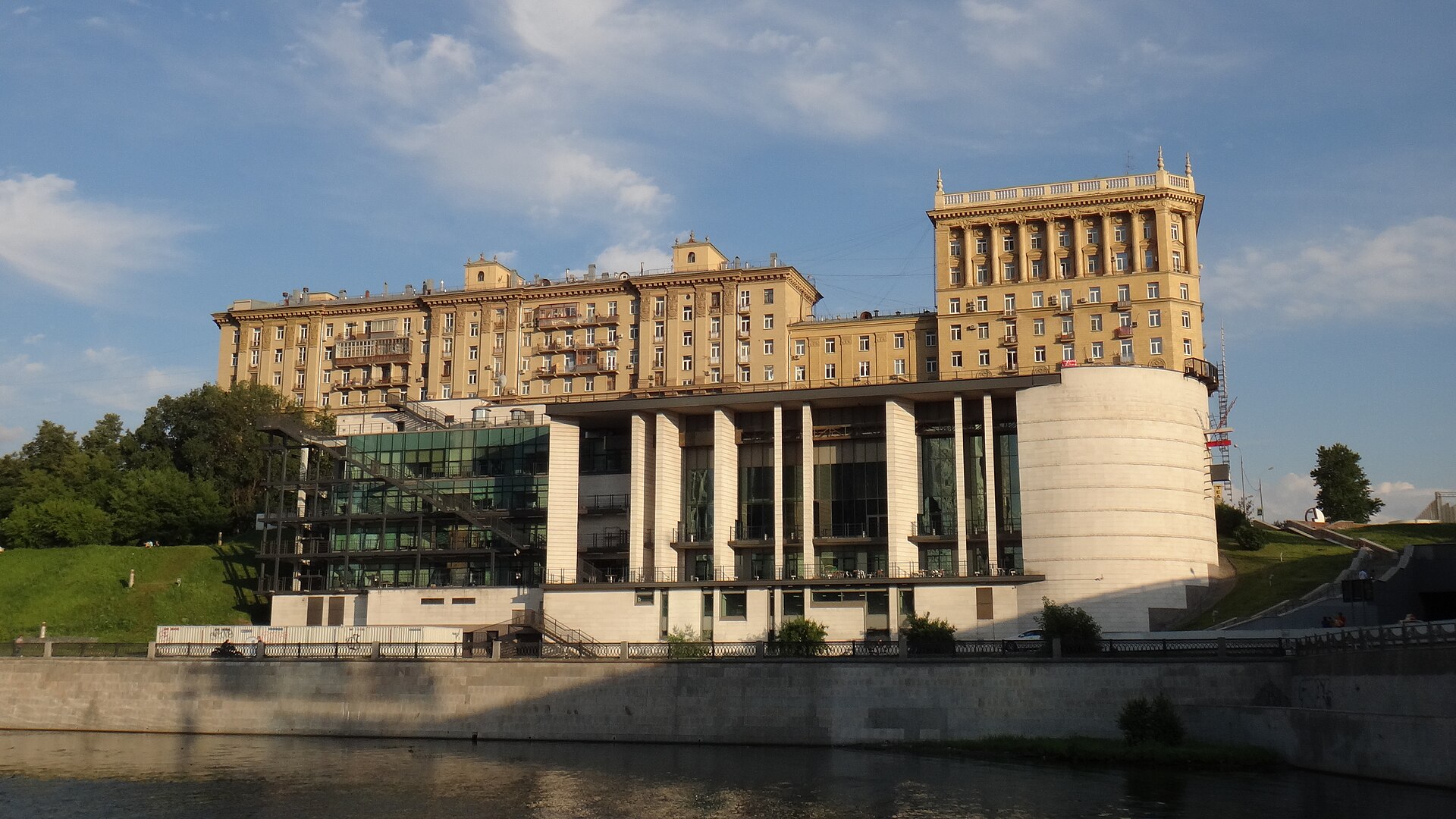
Grazprom Arena UFO
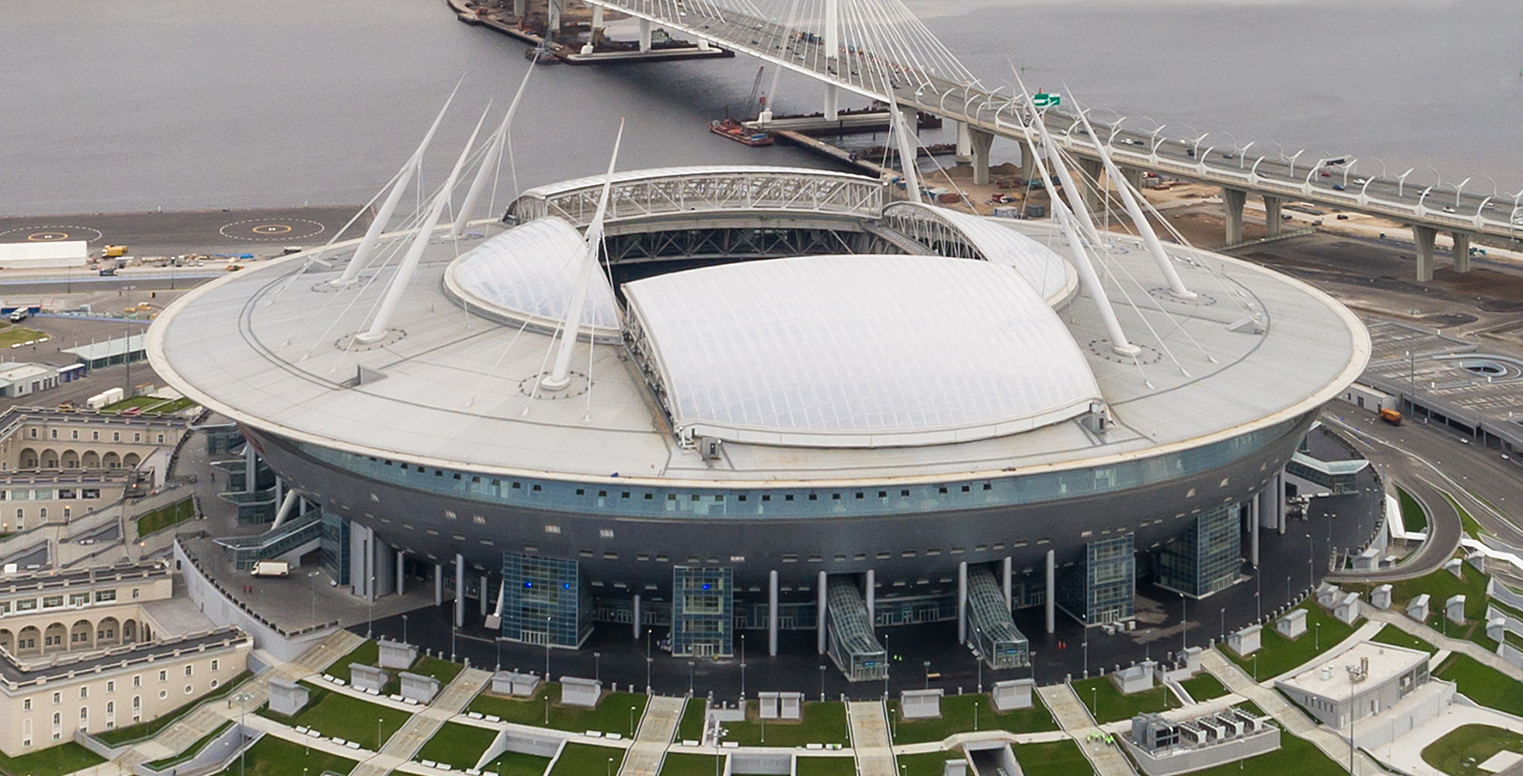
House on Mosfilmovskaya
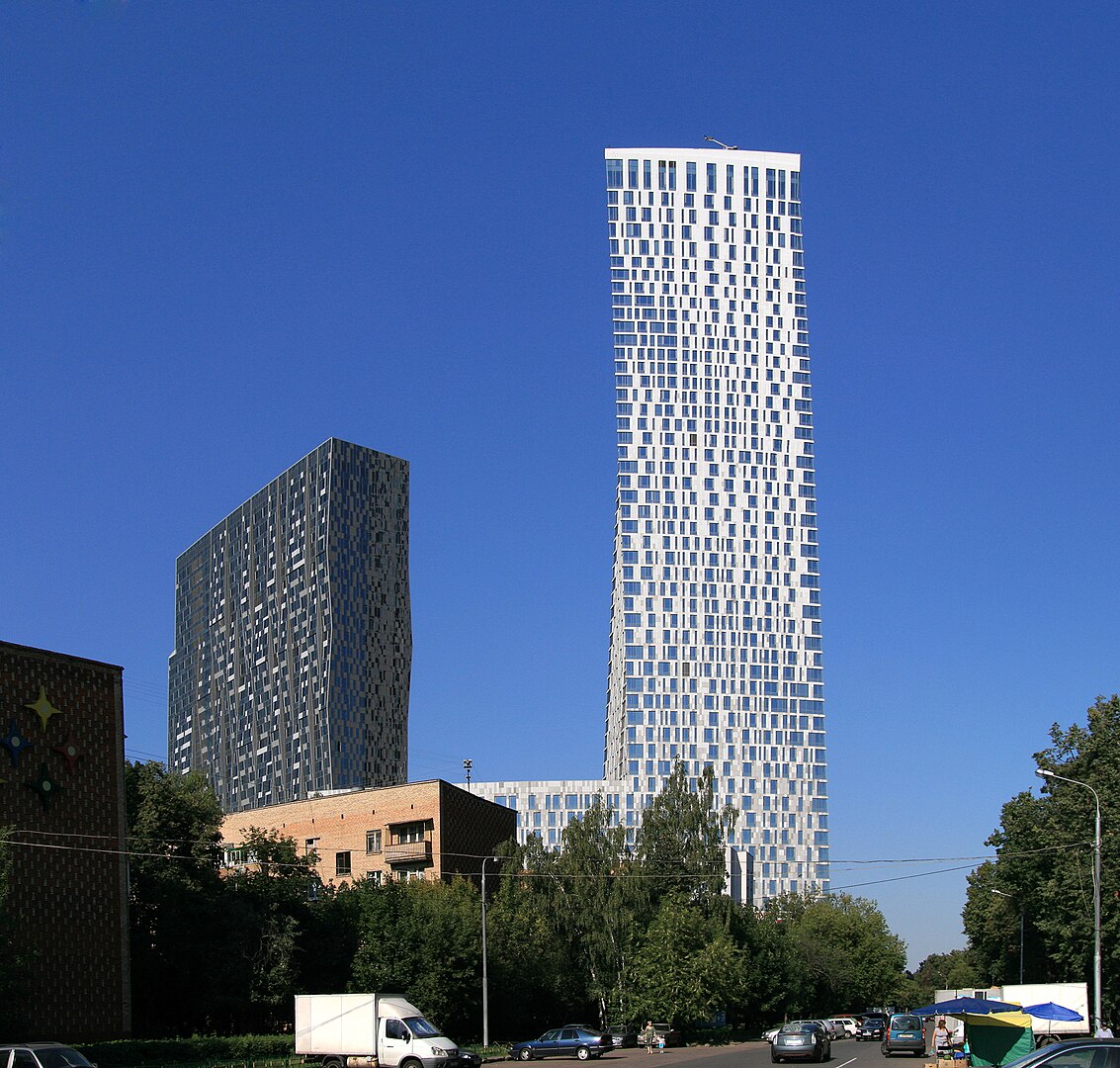
Lakta Center
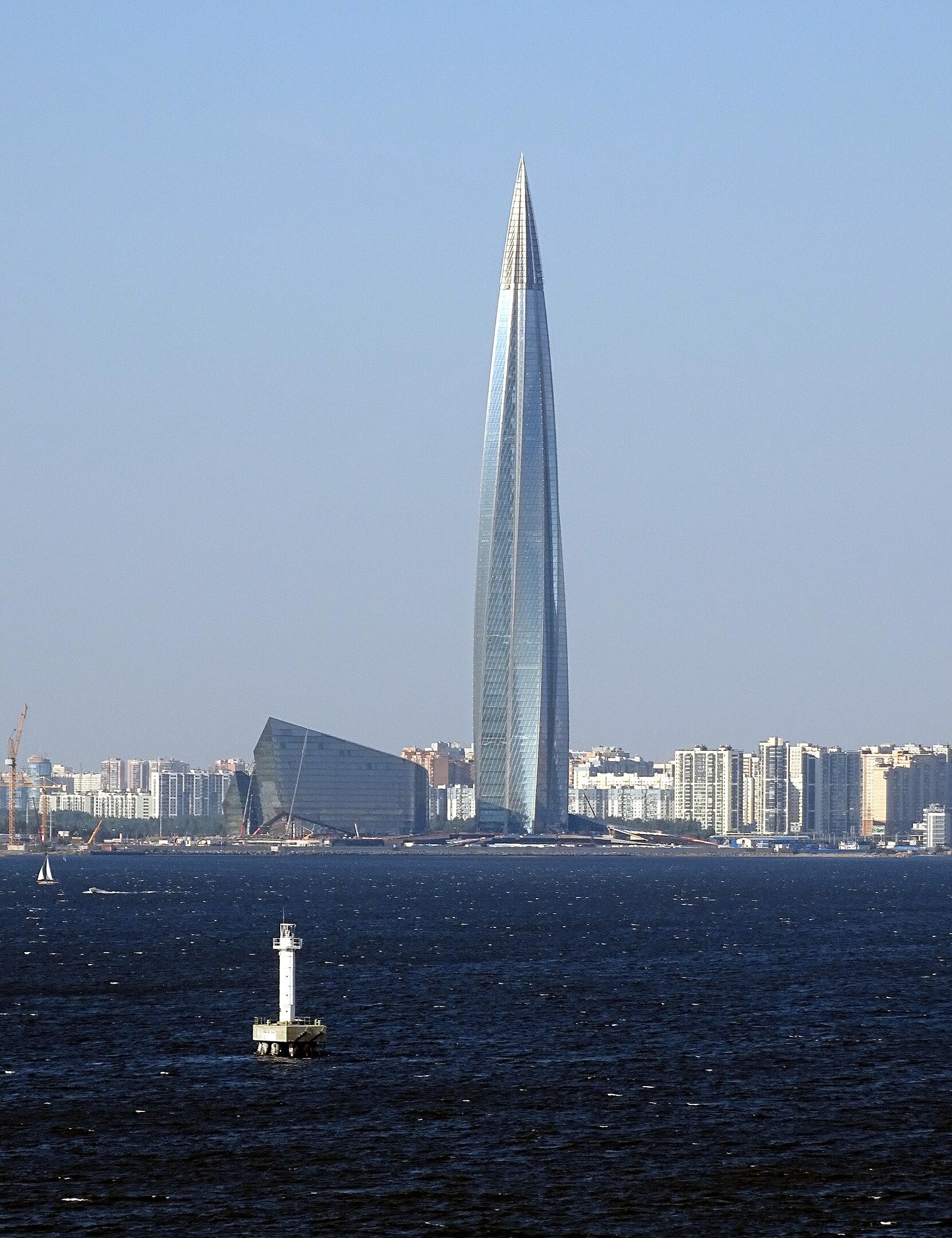
Mariinsky Theatre Second Stage
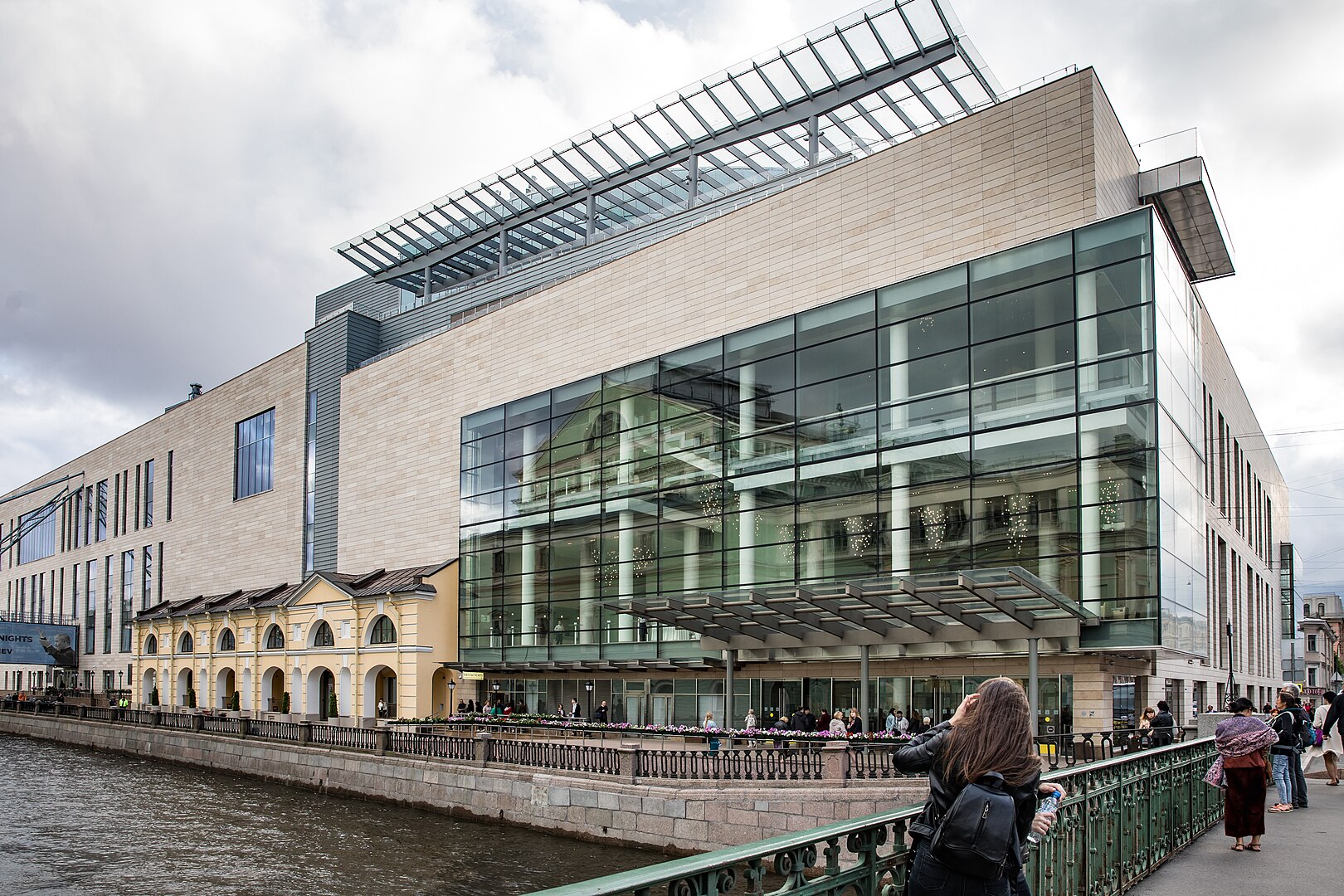
Moscow International Business Center
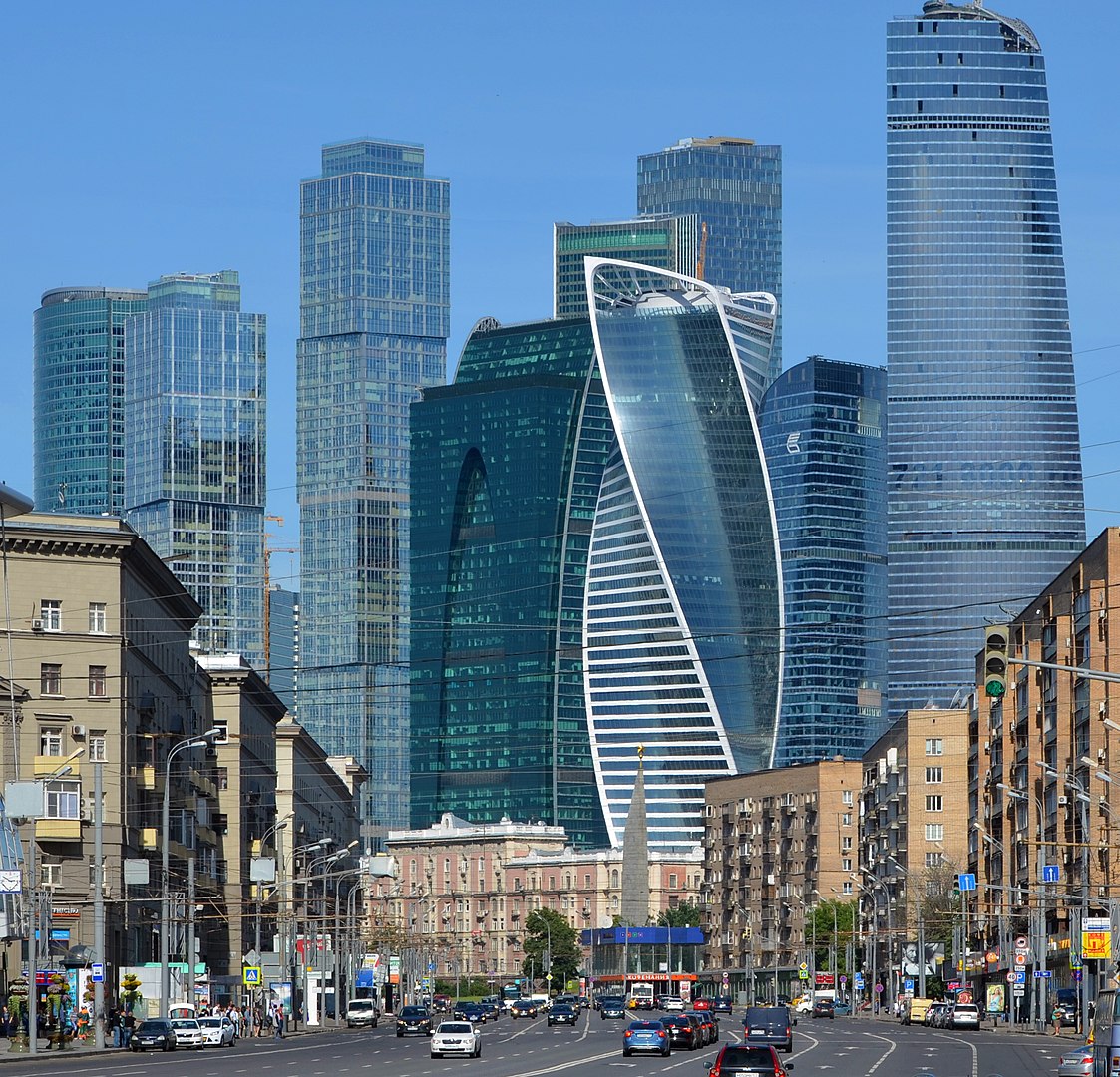
Oruzheiny Complex
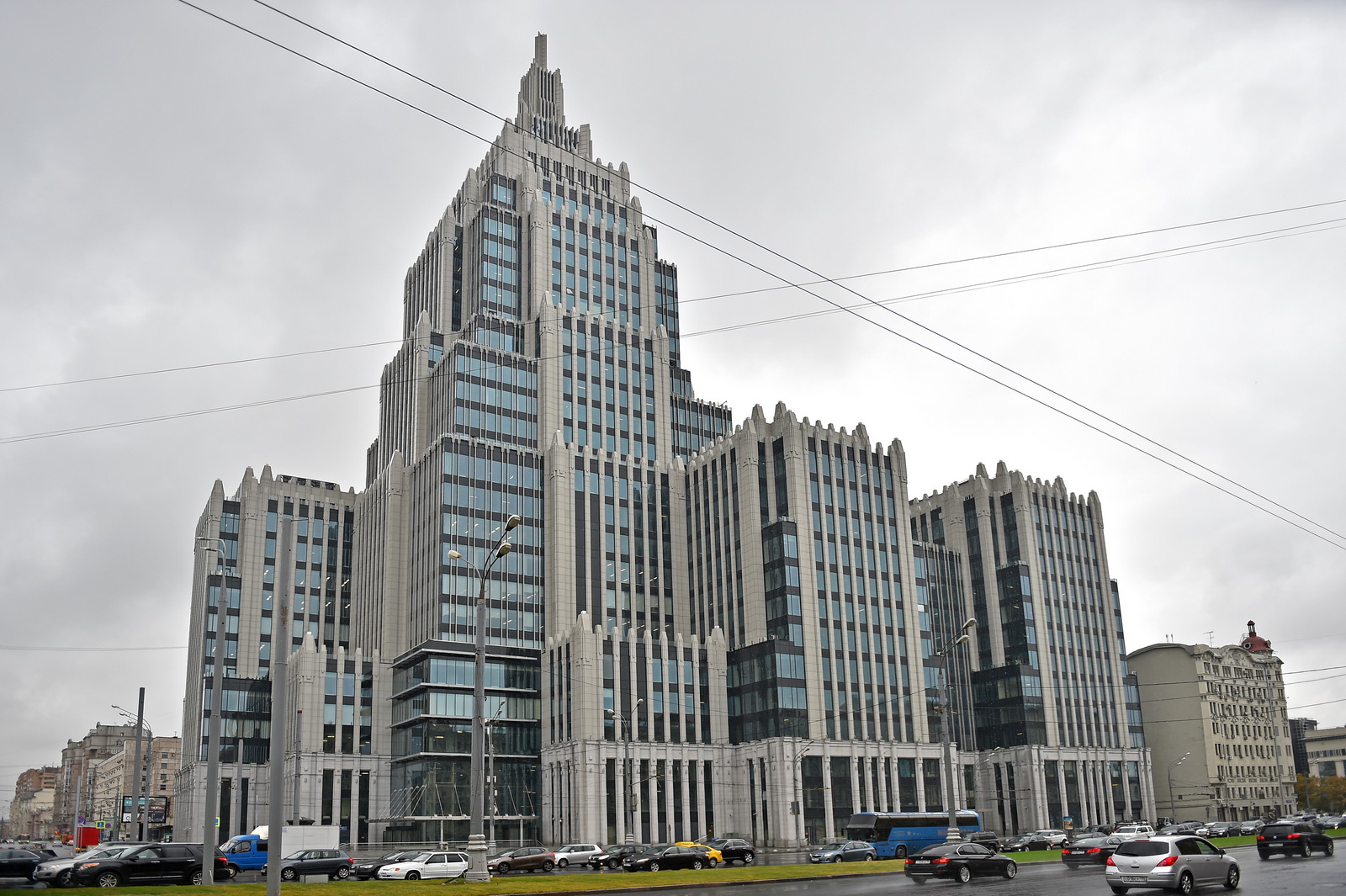
Saint Petersburg Plaza
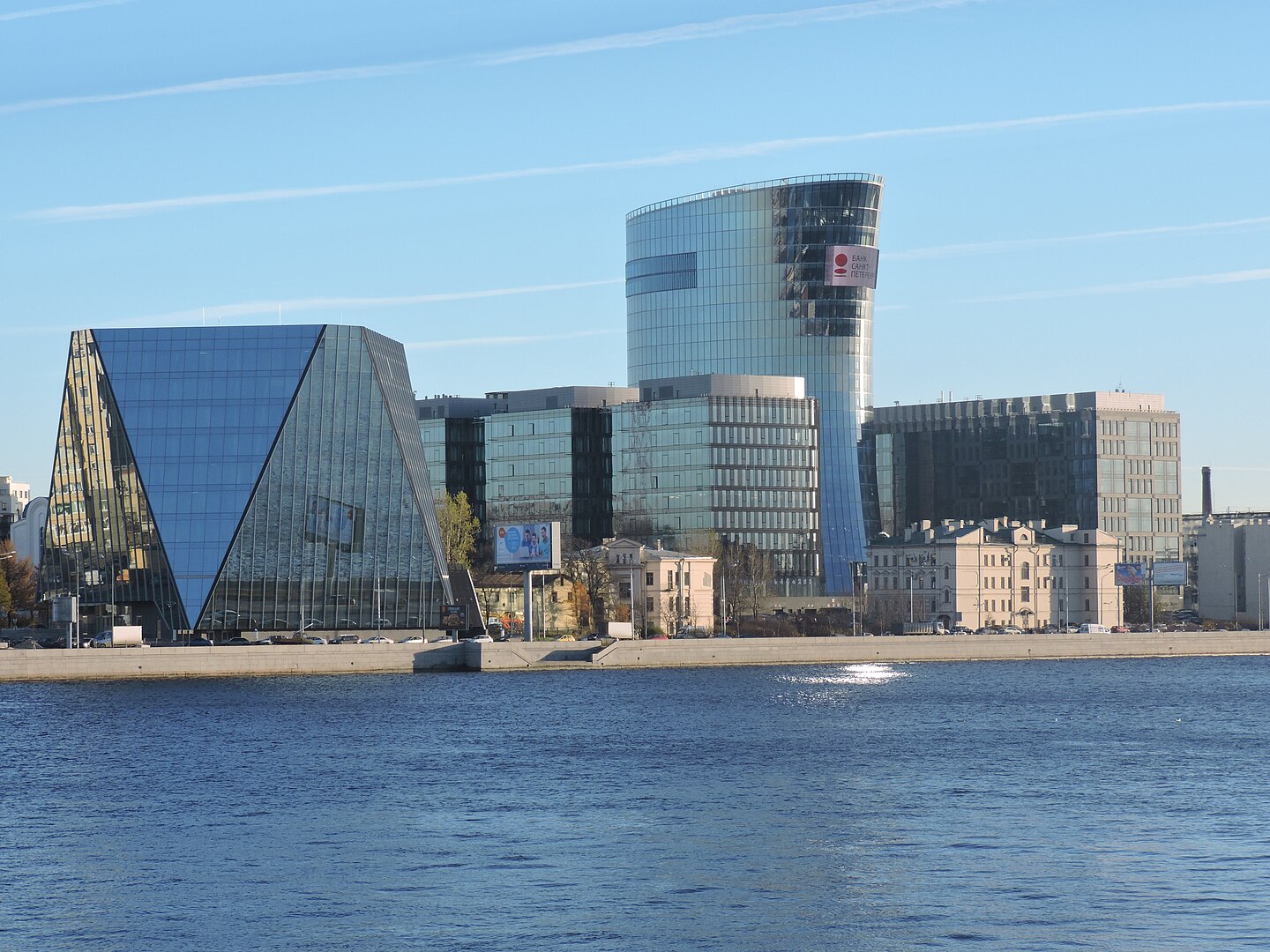
Scarlet Sails
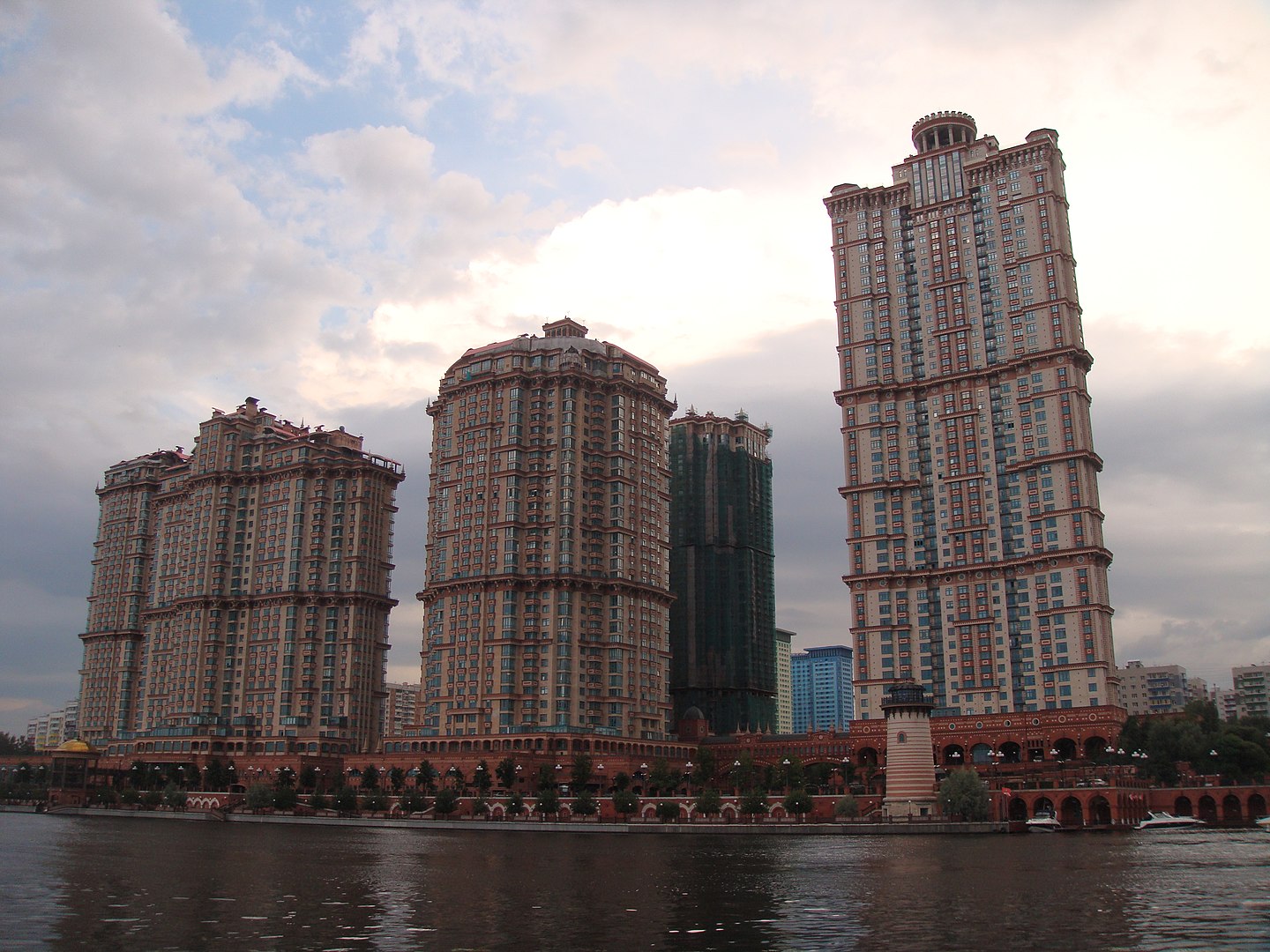
Sokolinaya Gora
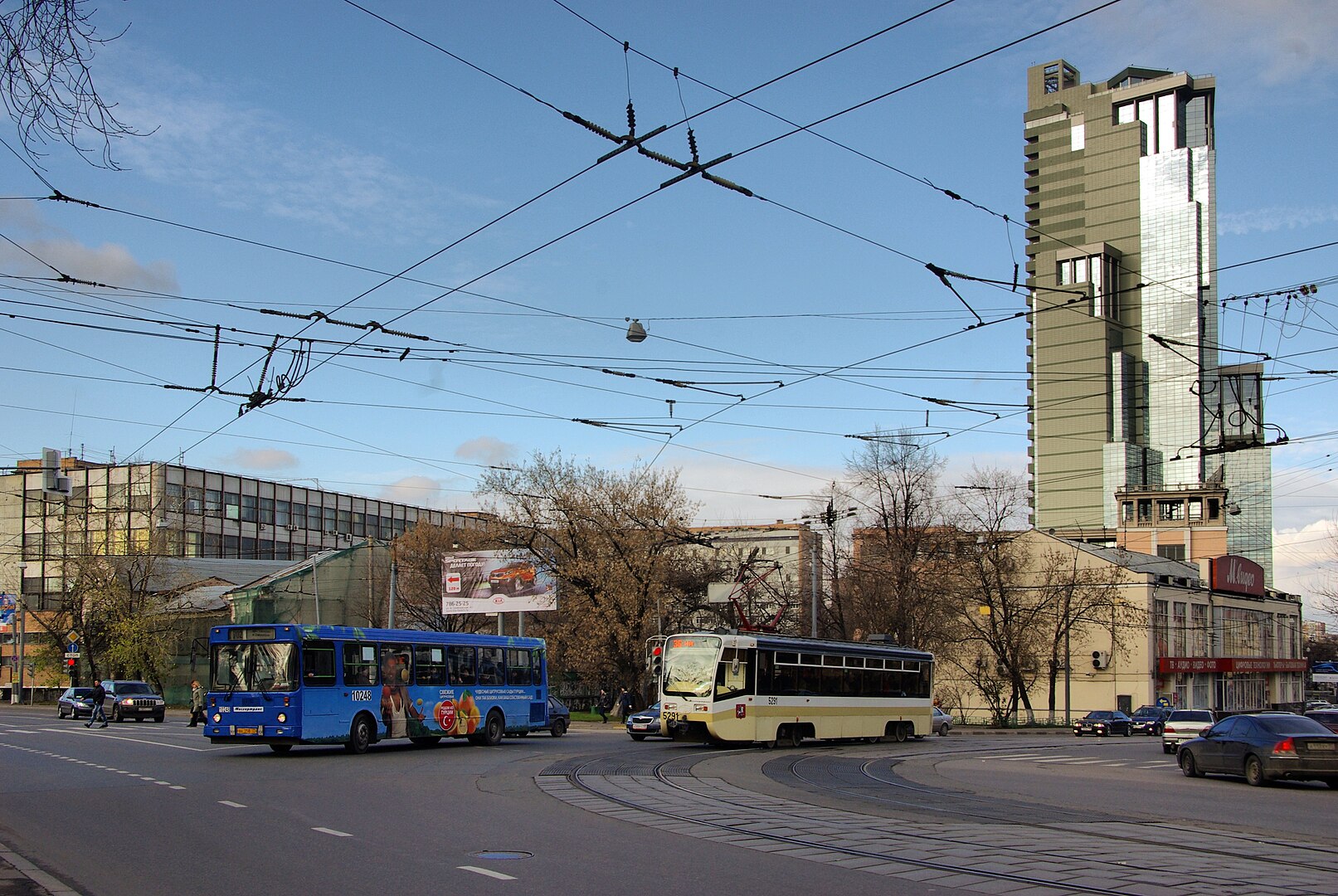
Technopark in Akamgorodok
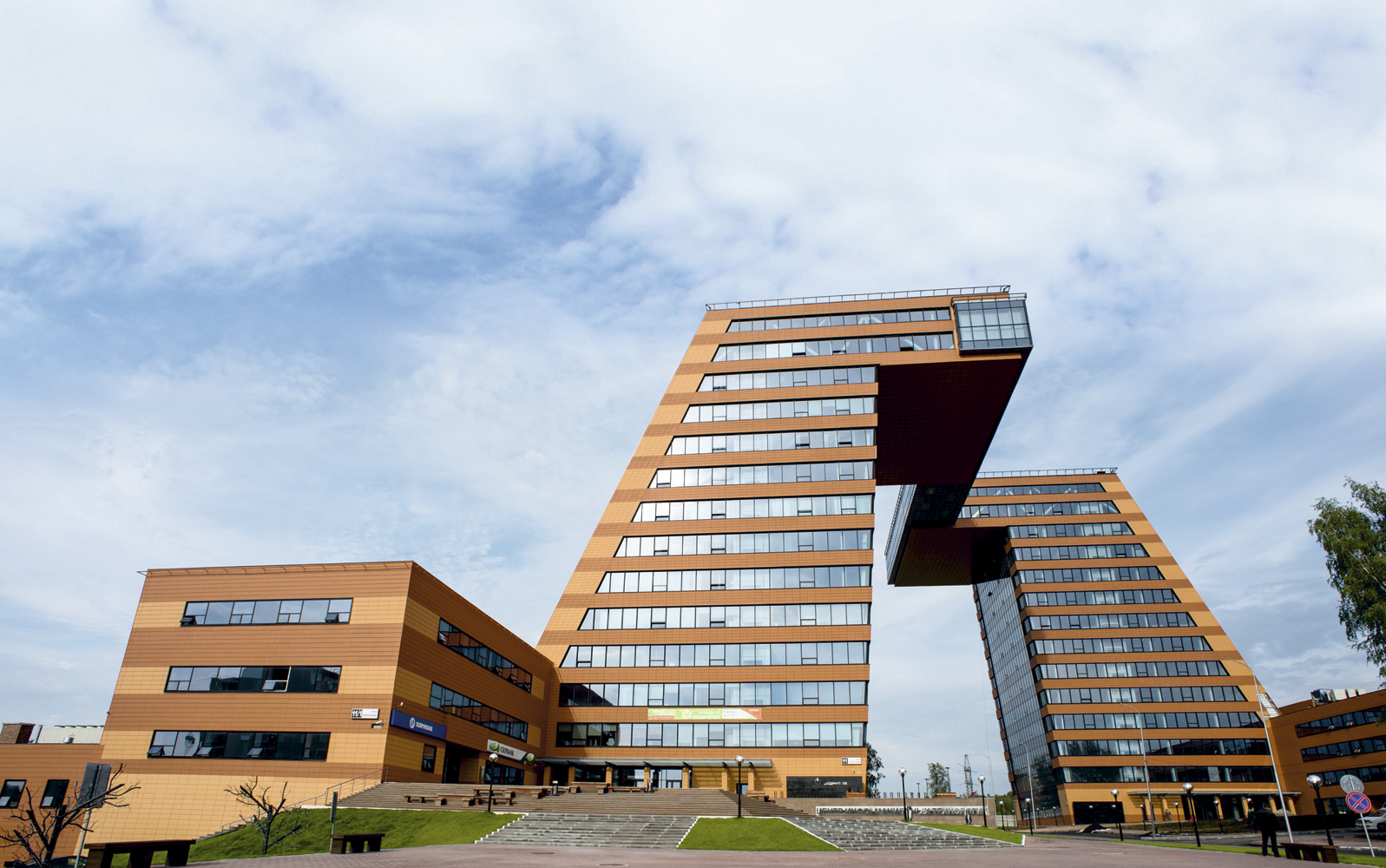
Trumph Palace
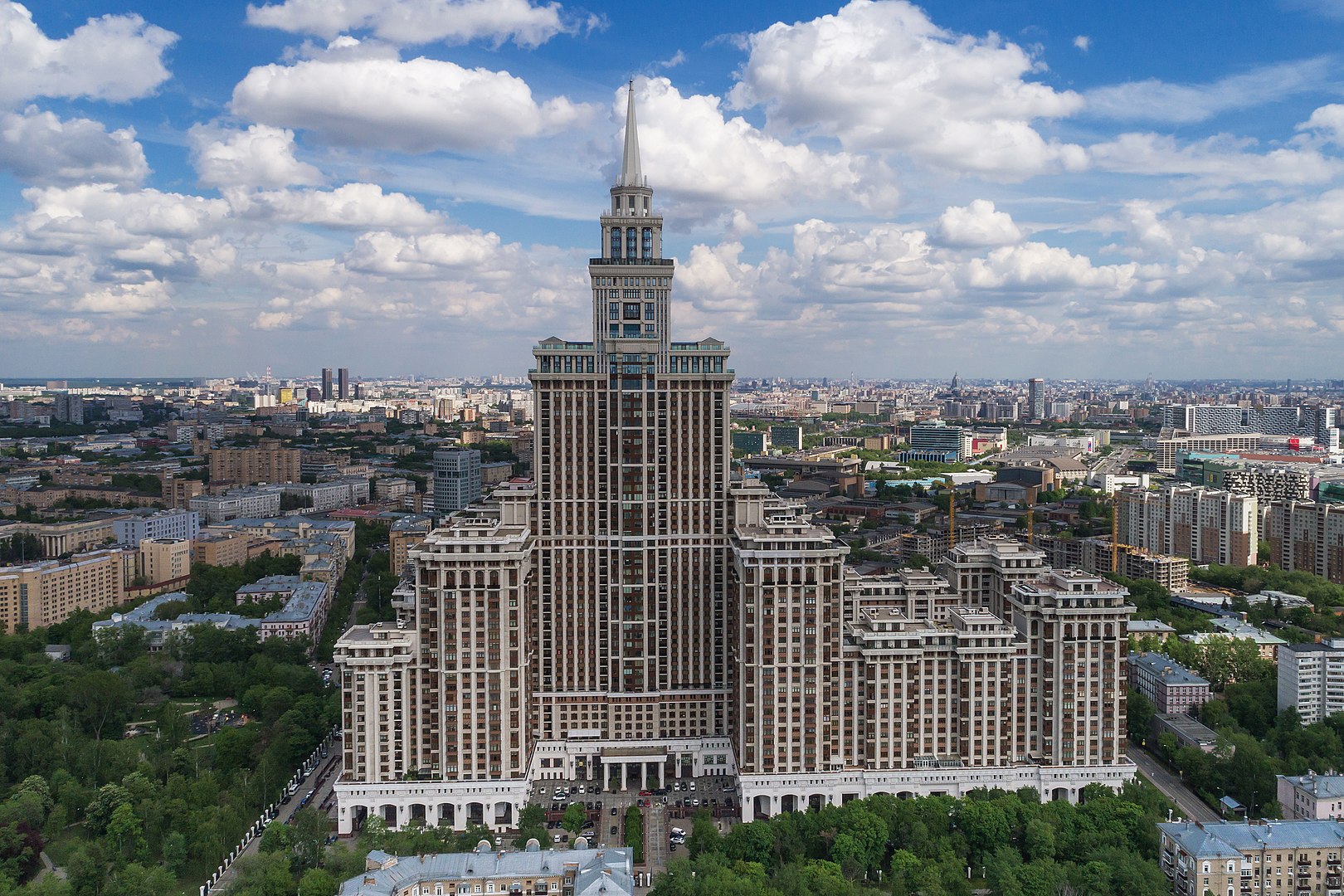
White Square
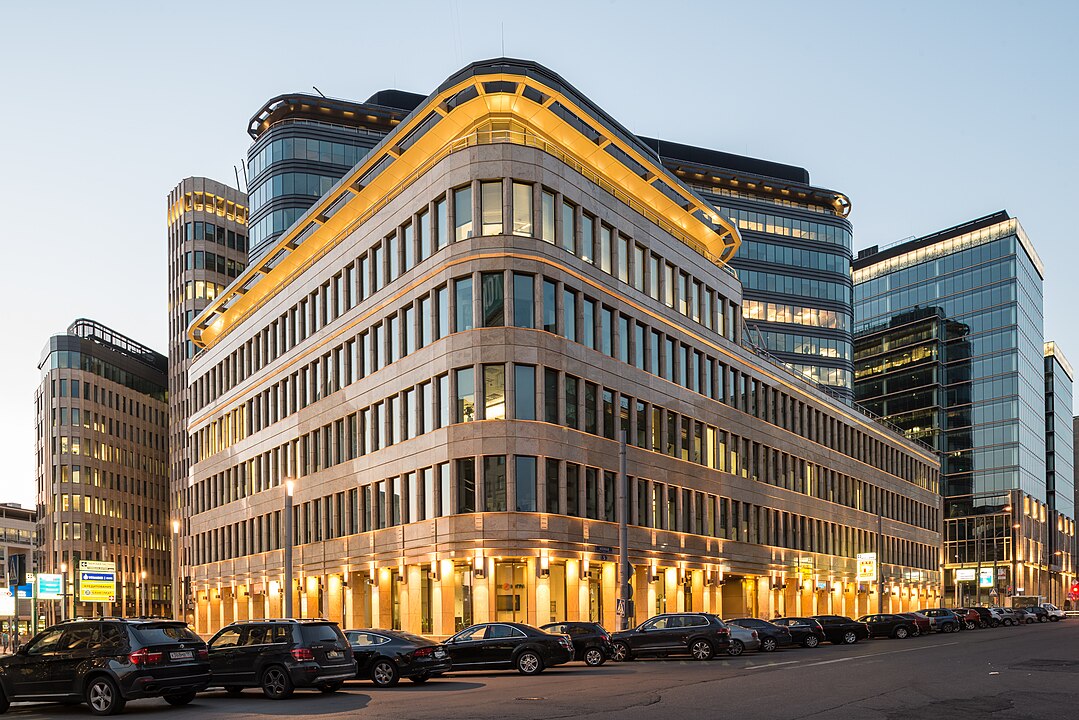
Yekaterinburg City
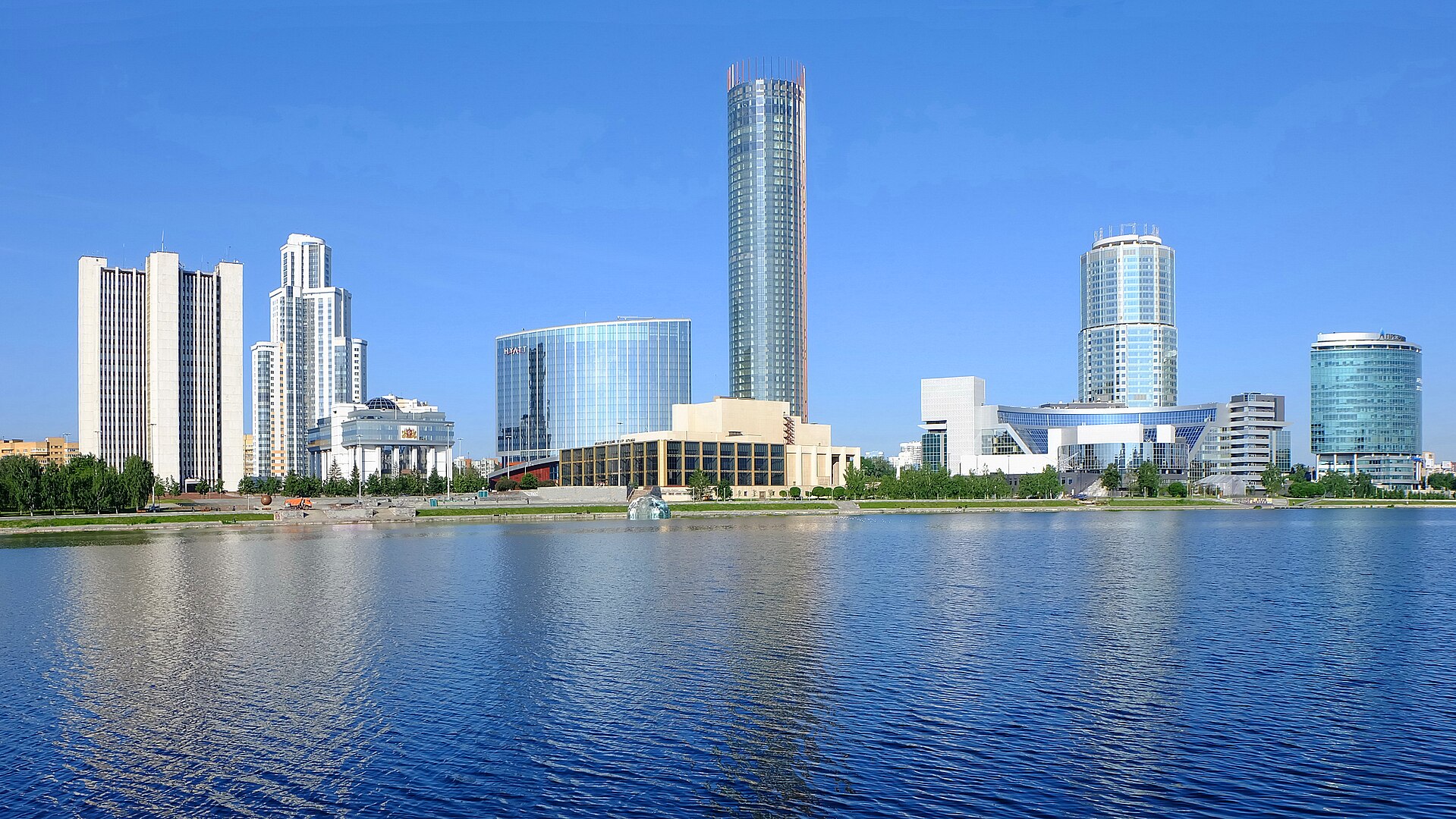
Zaryadye Park
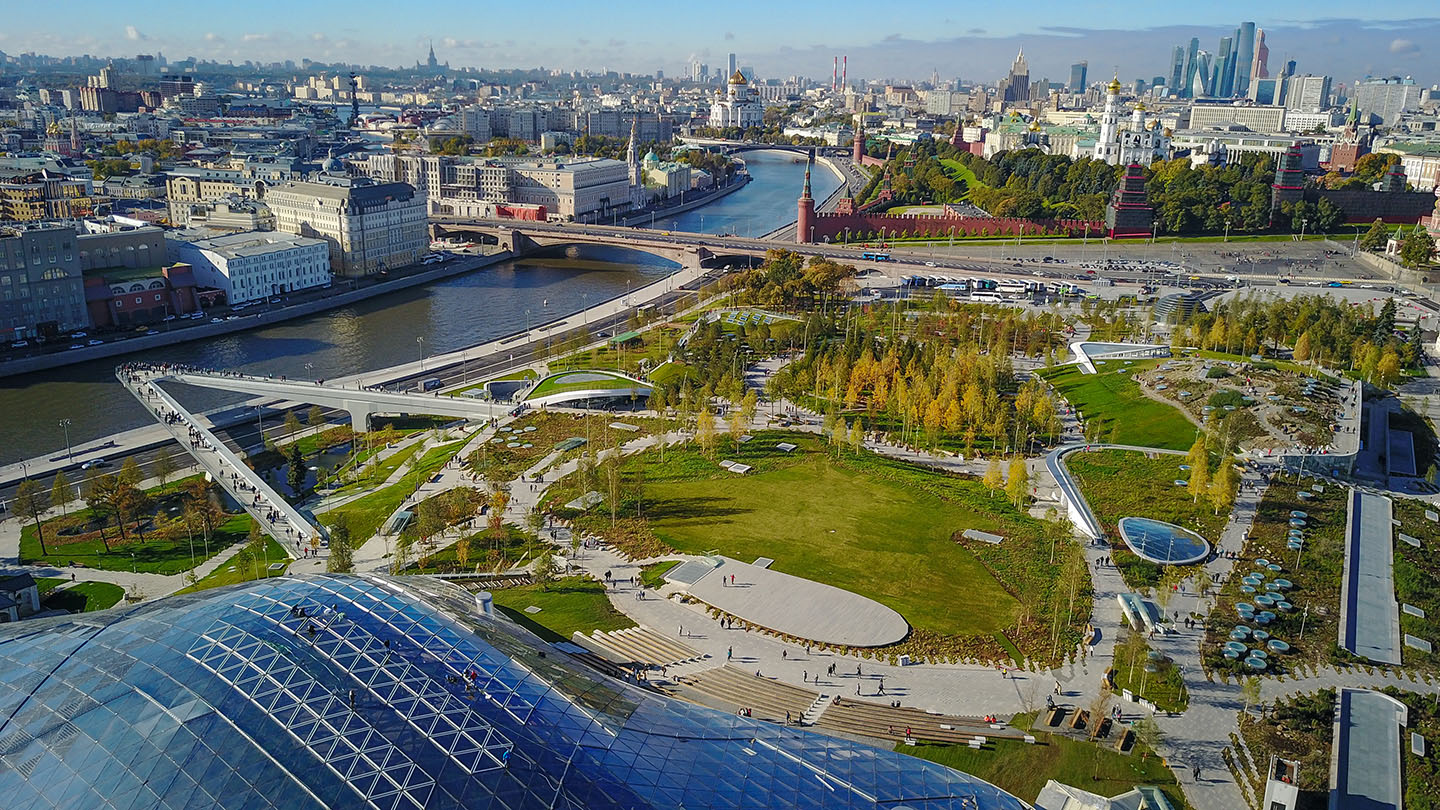
- « Previous Page
- 1
- …
- 12
- 13
- 14
- 15
- 16
- …
- 50
- Next Page »
